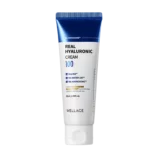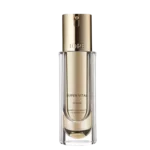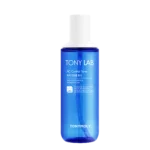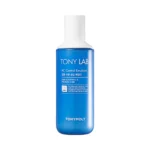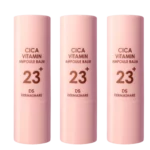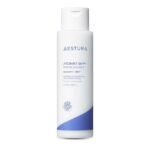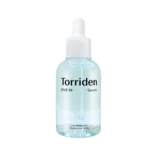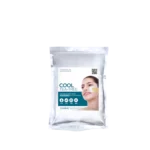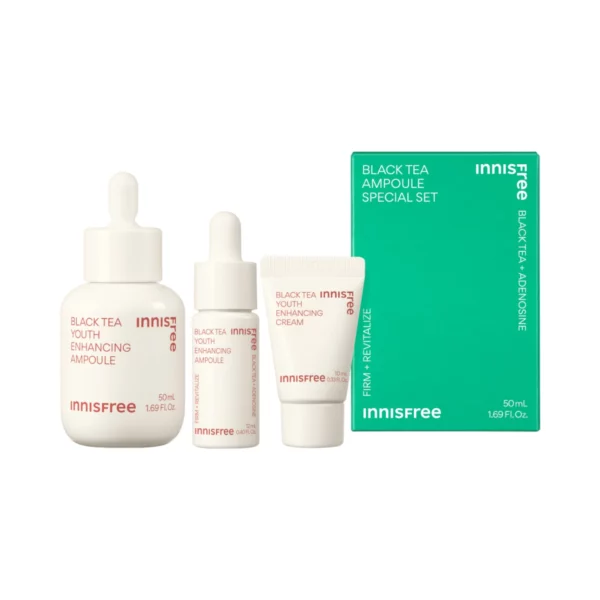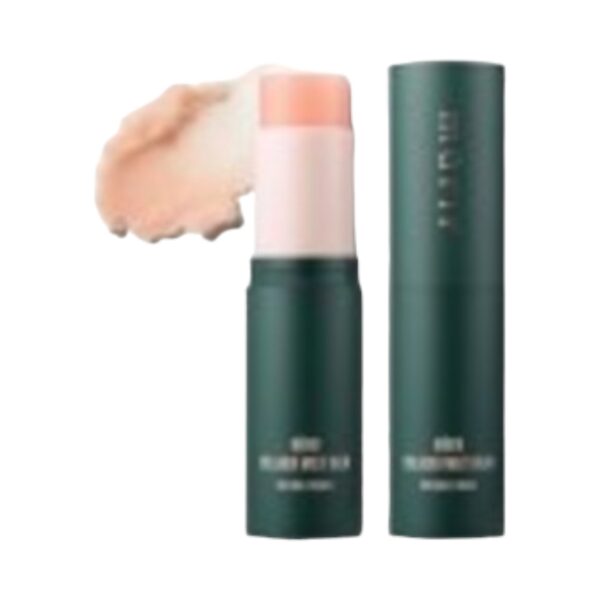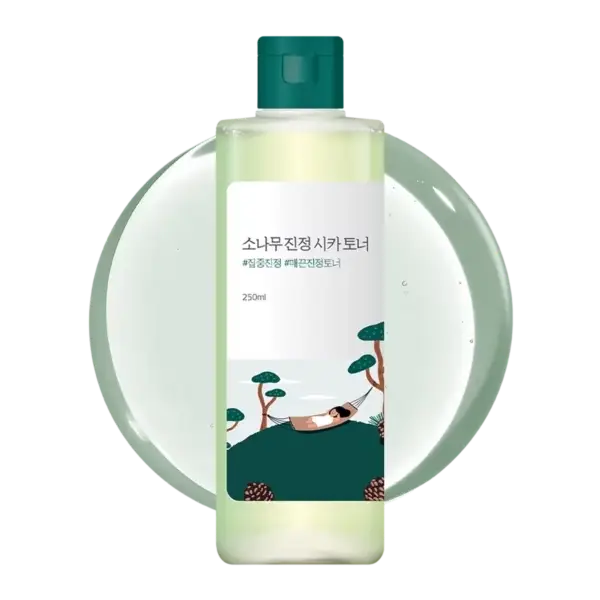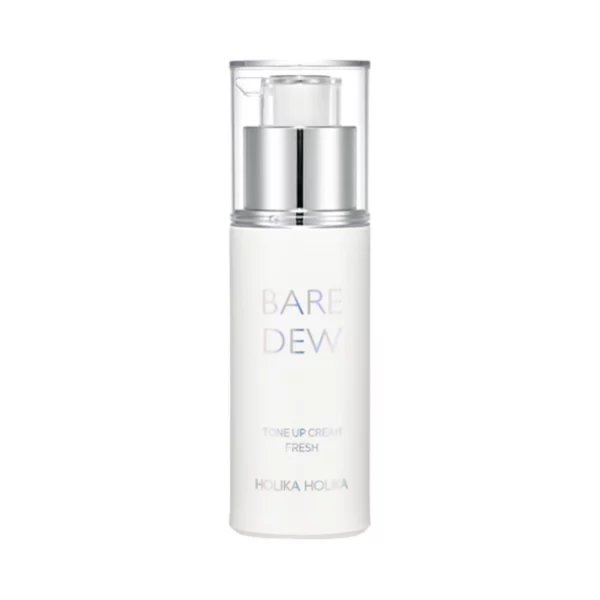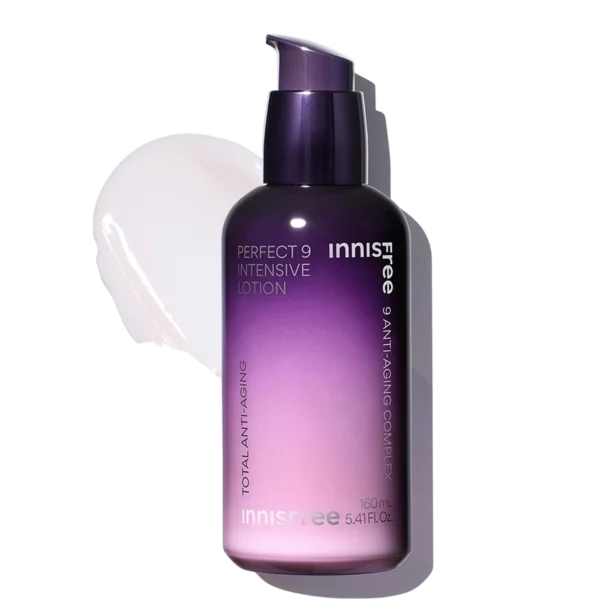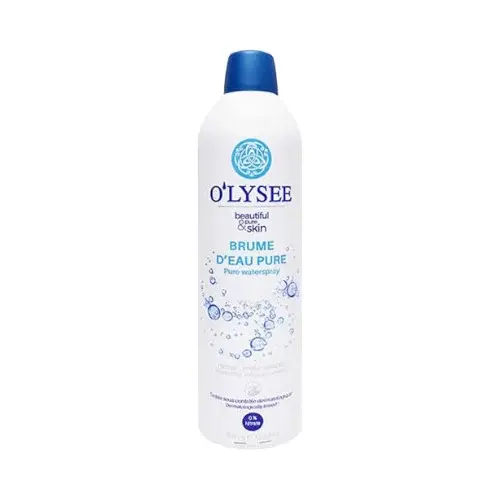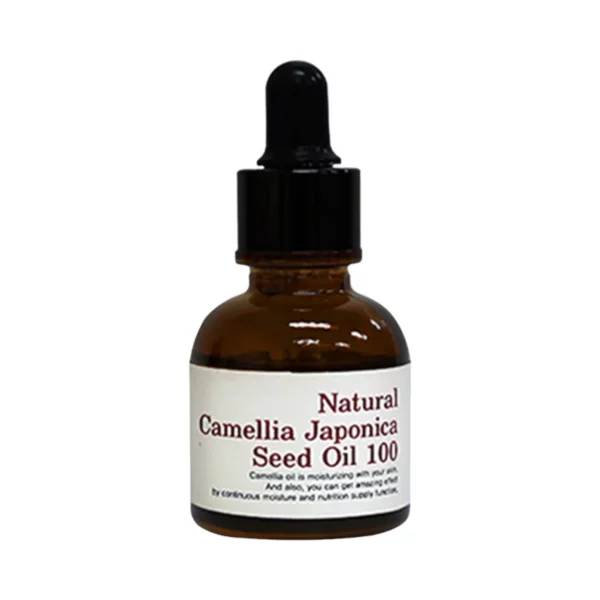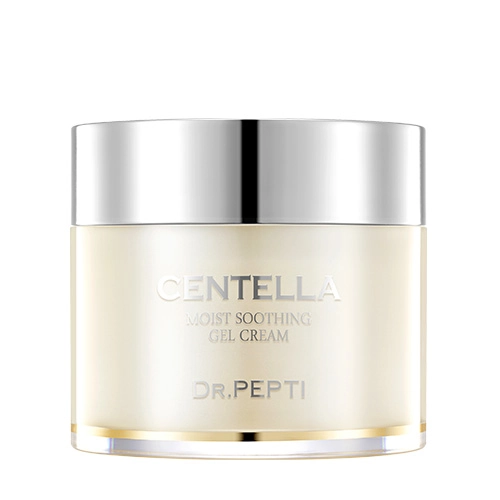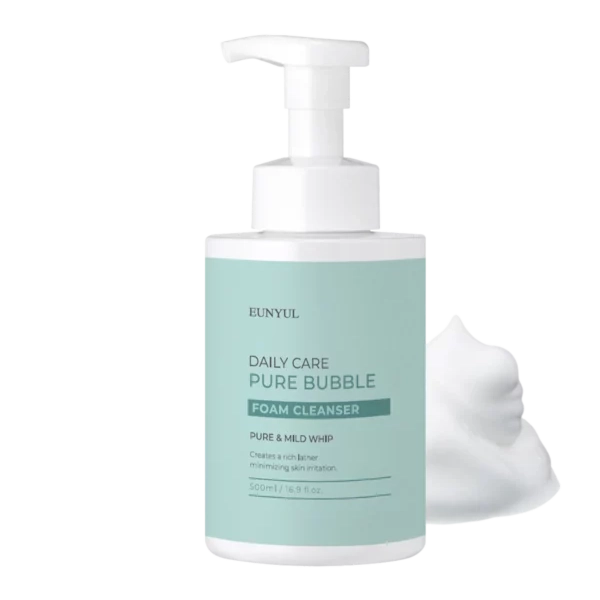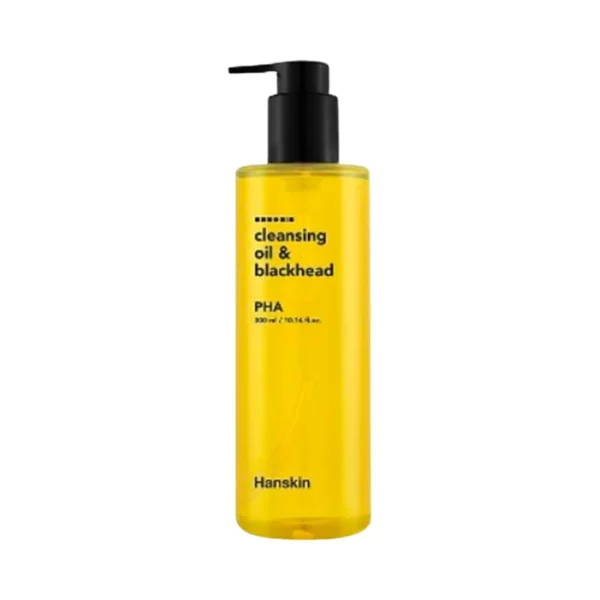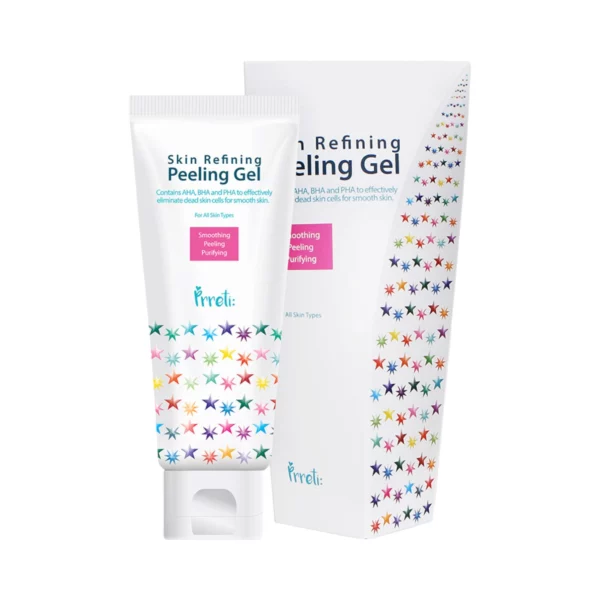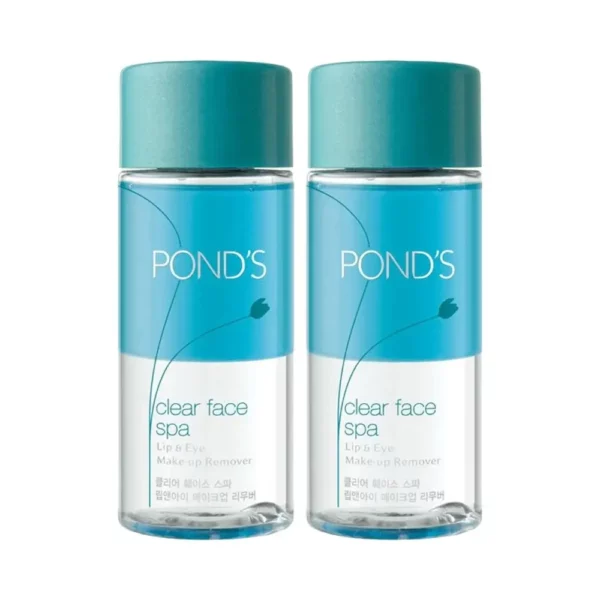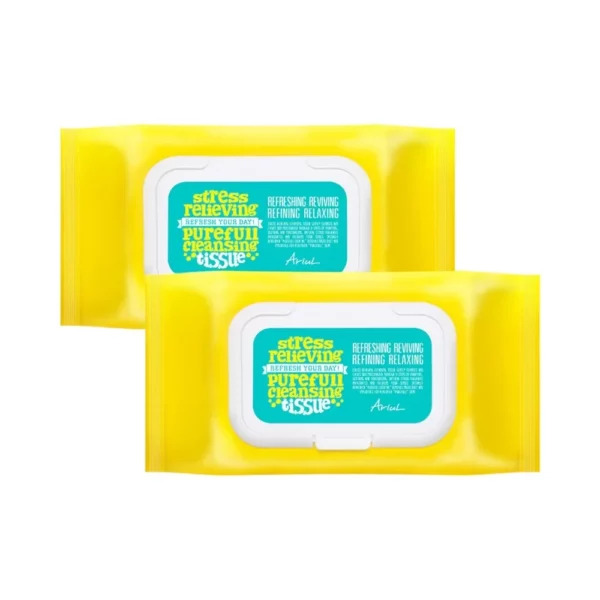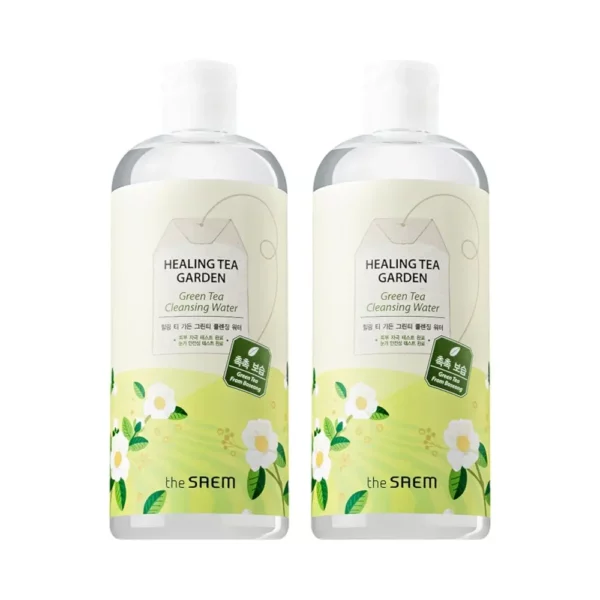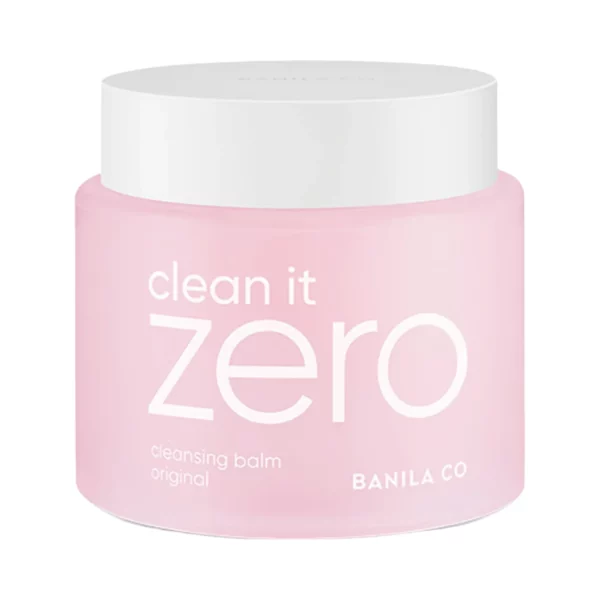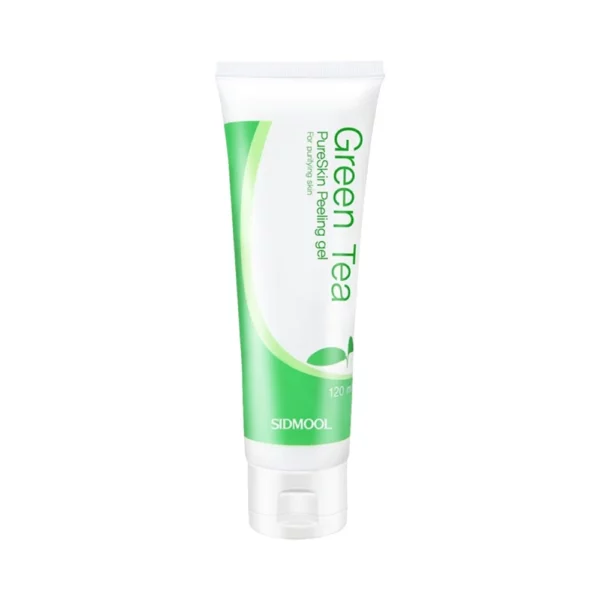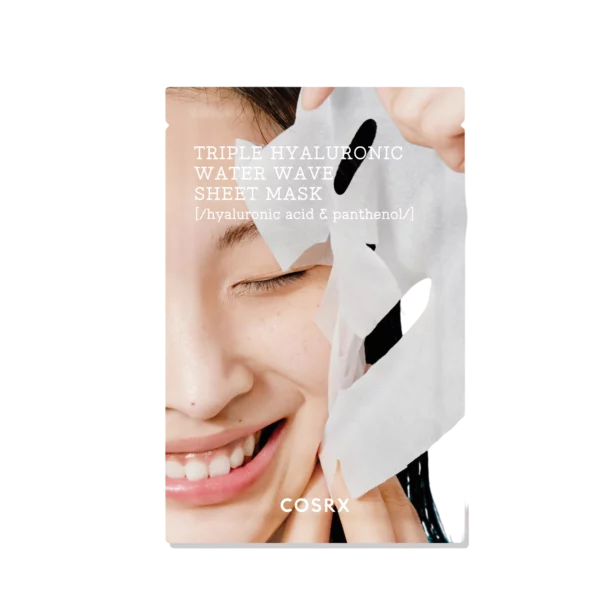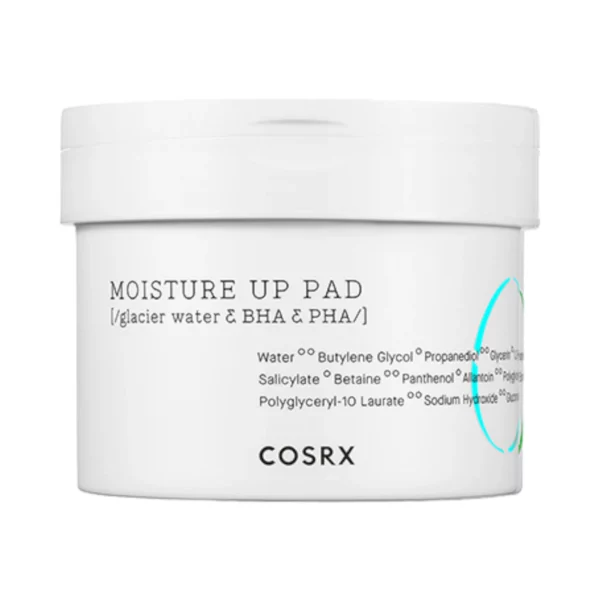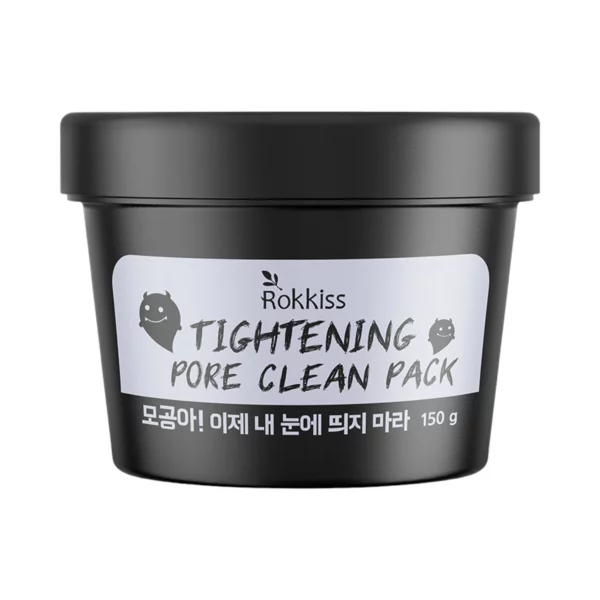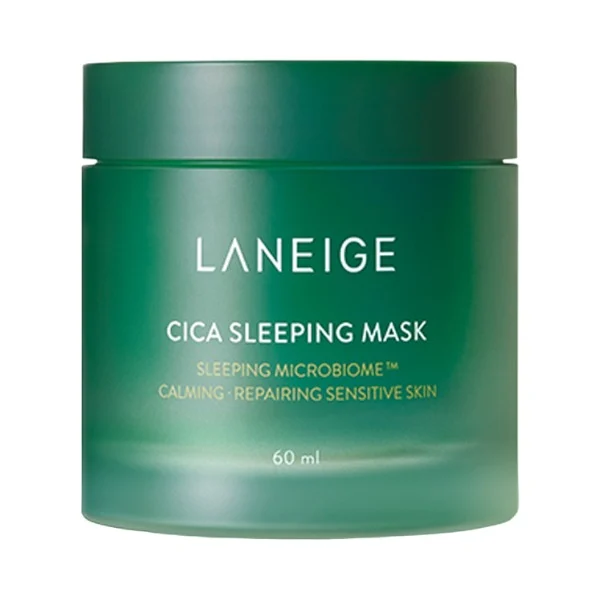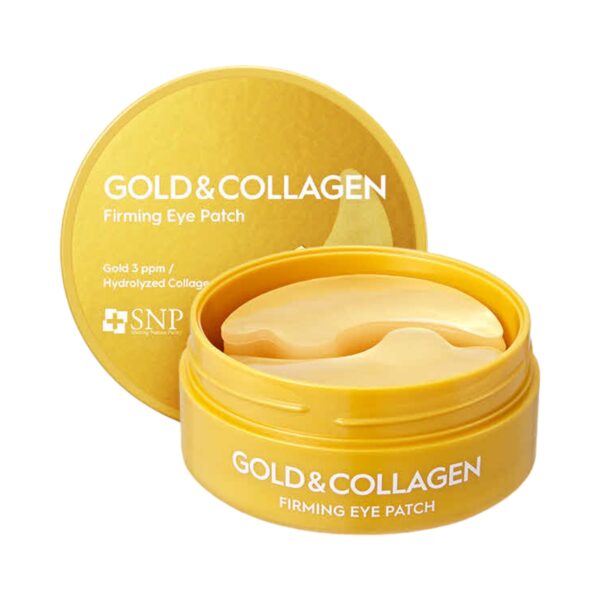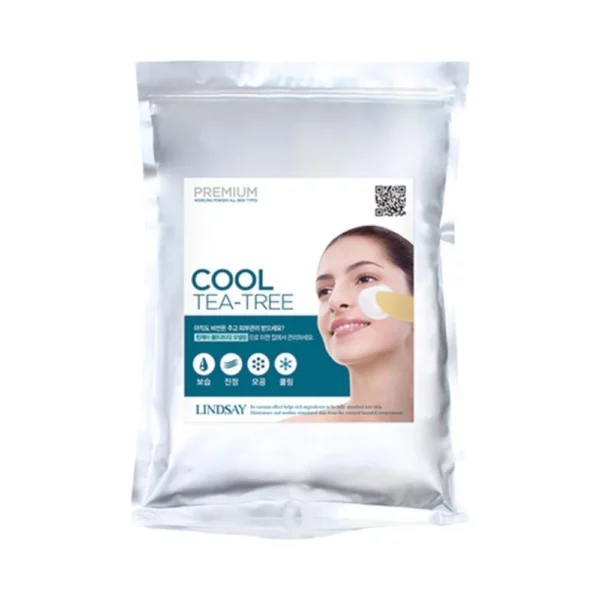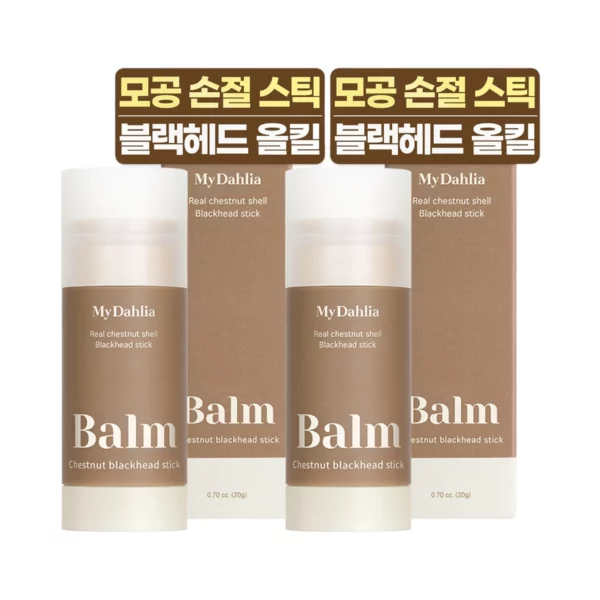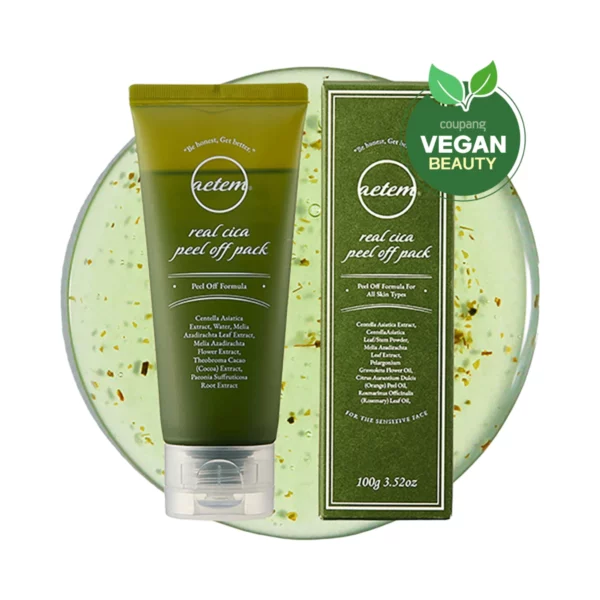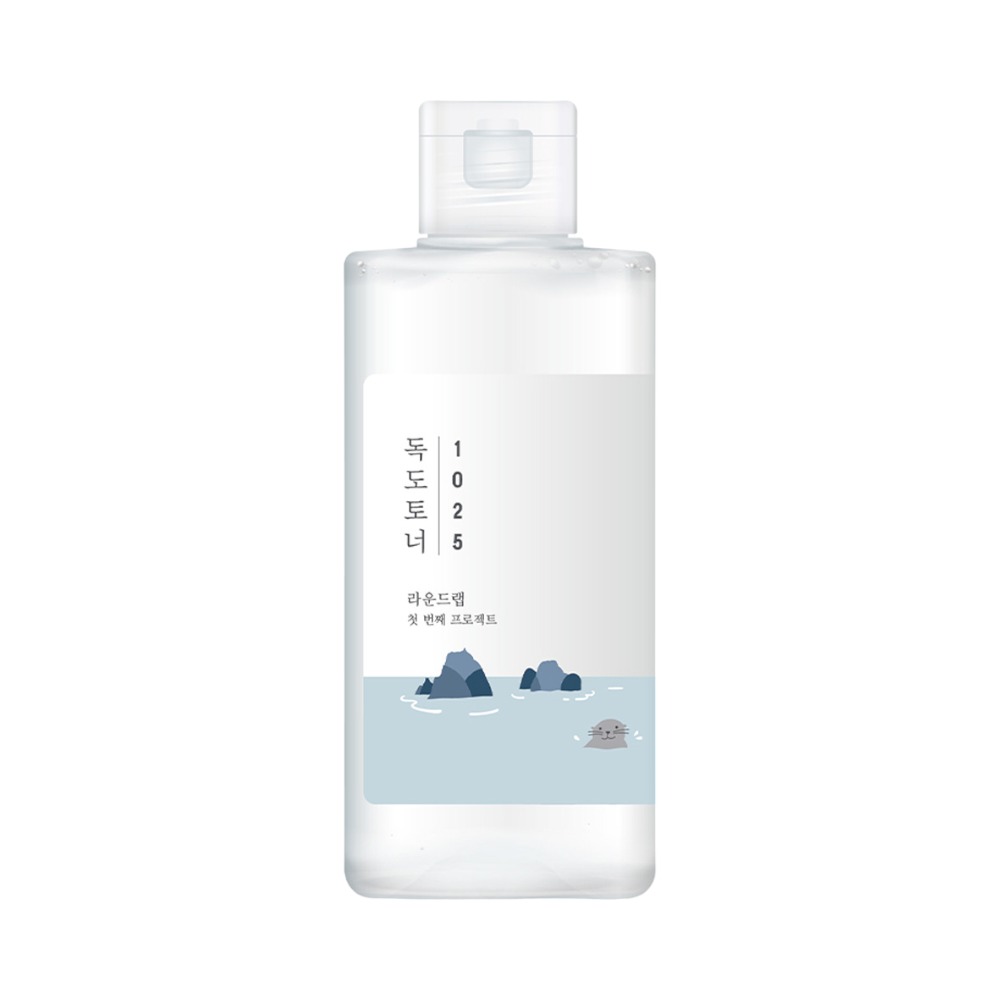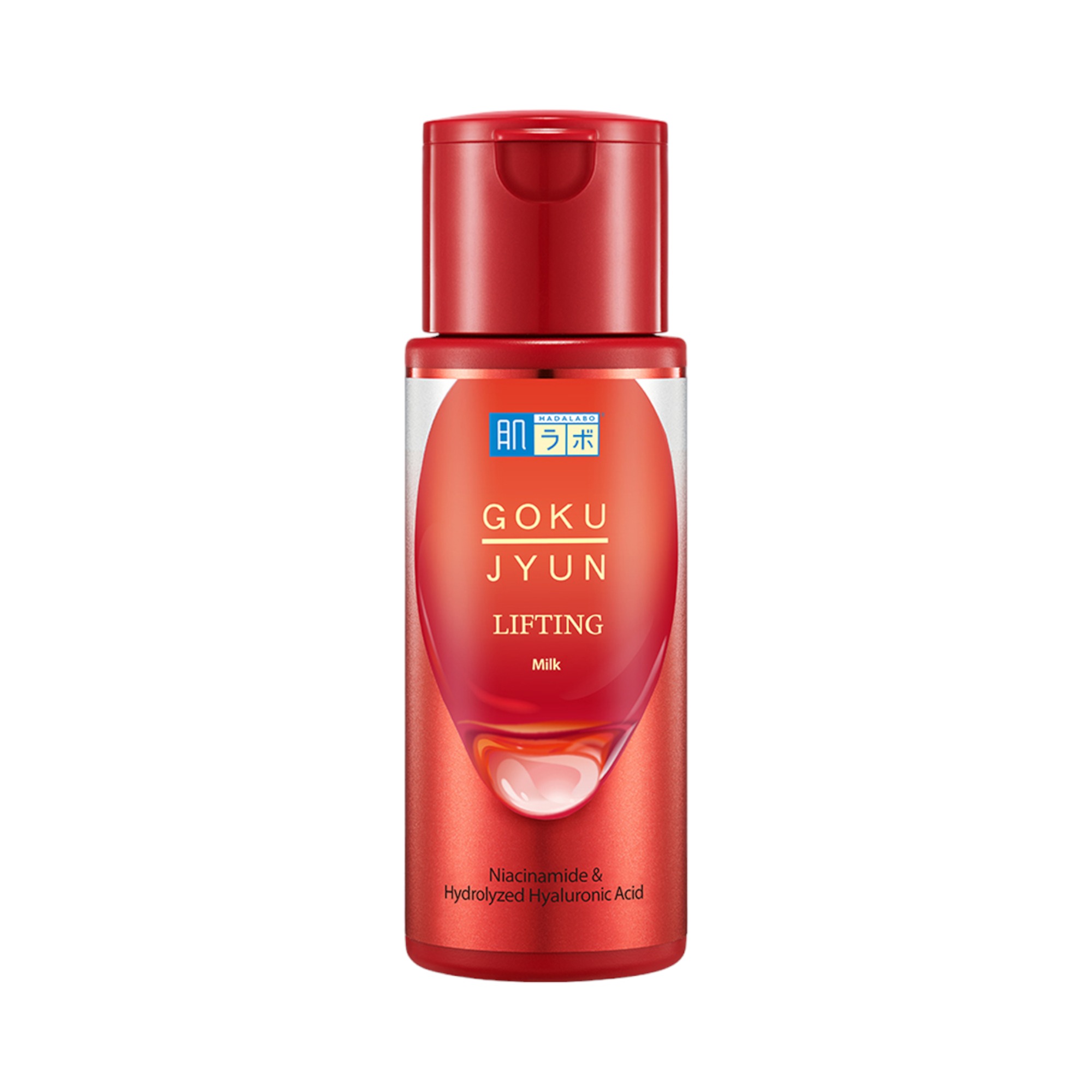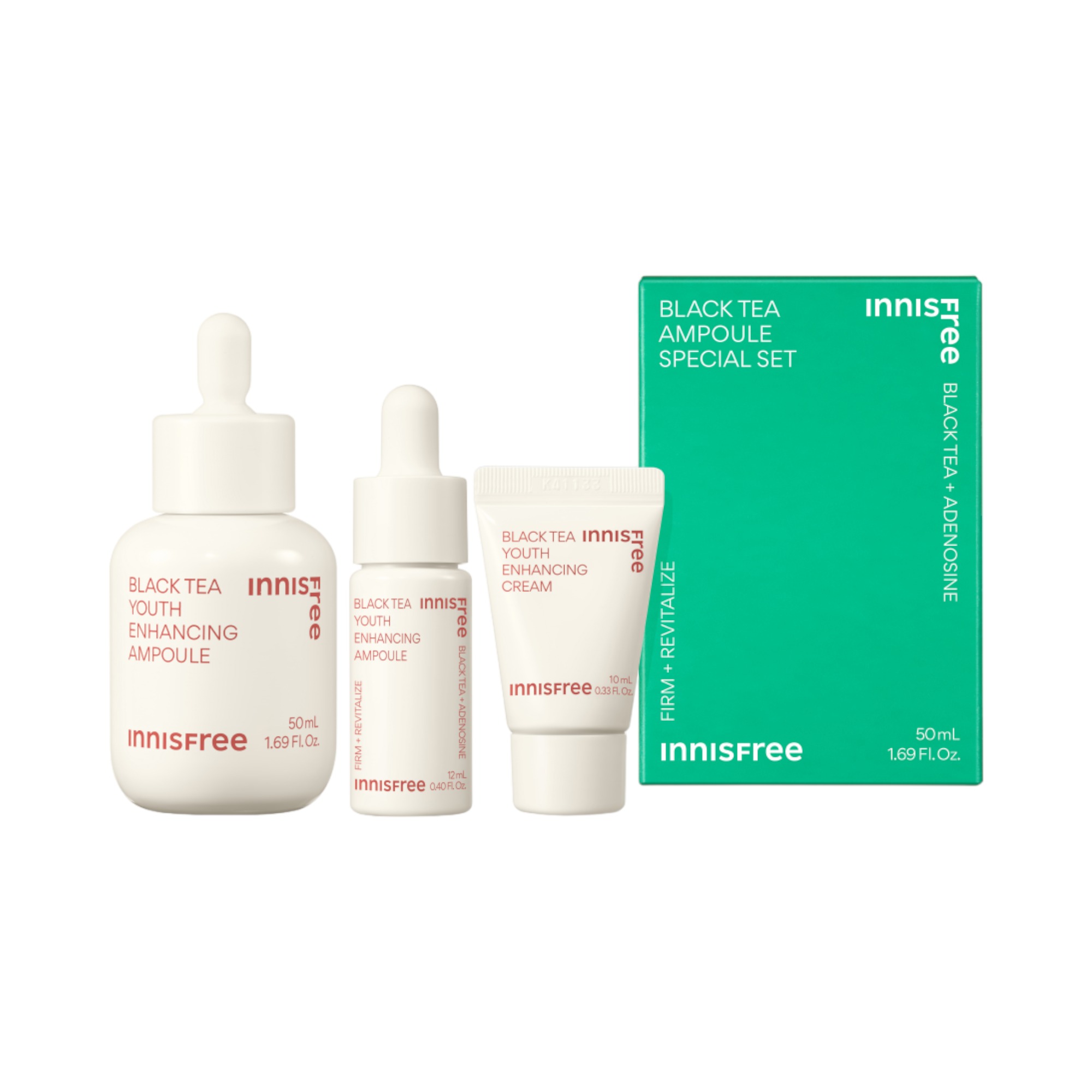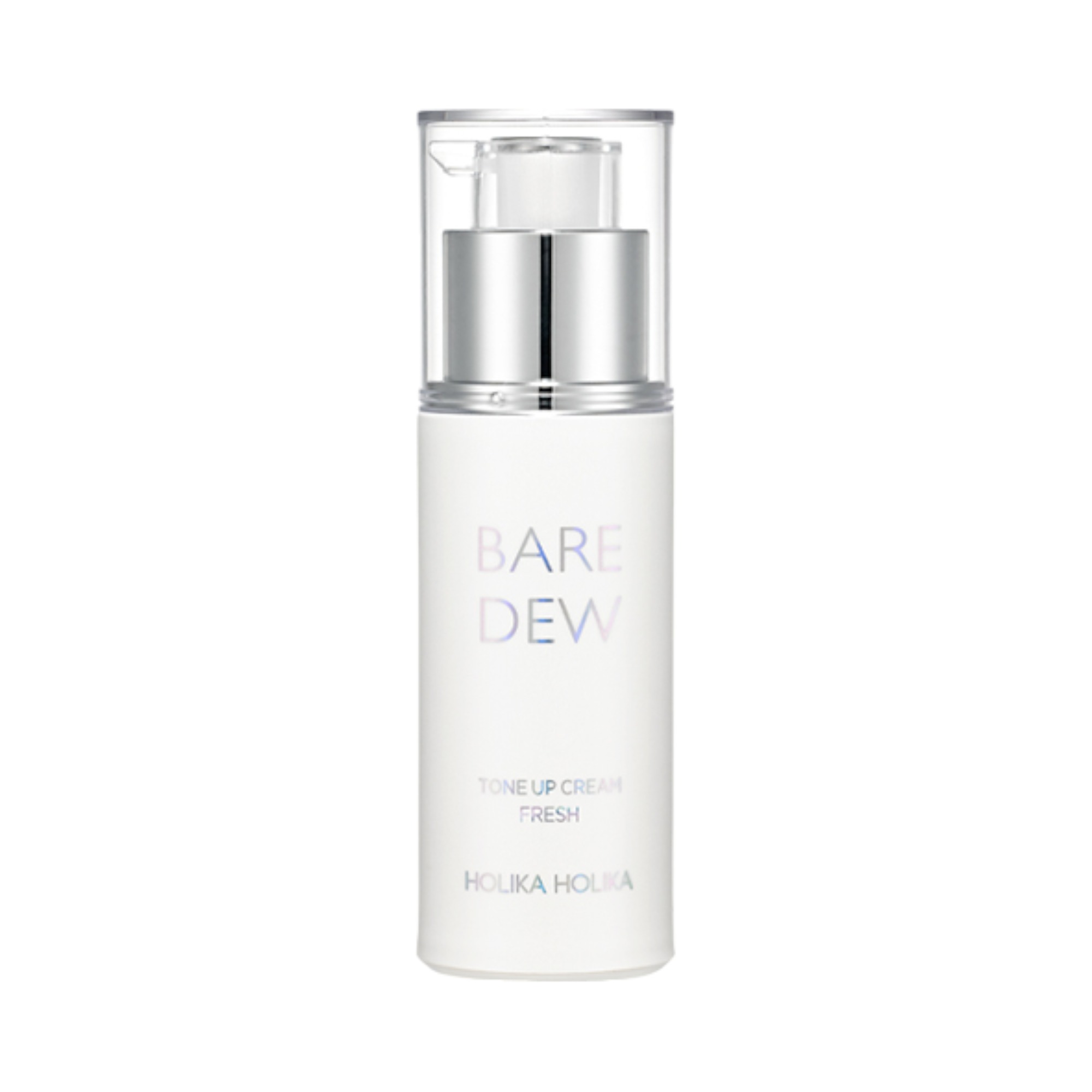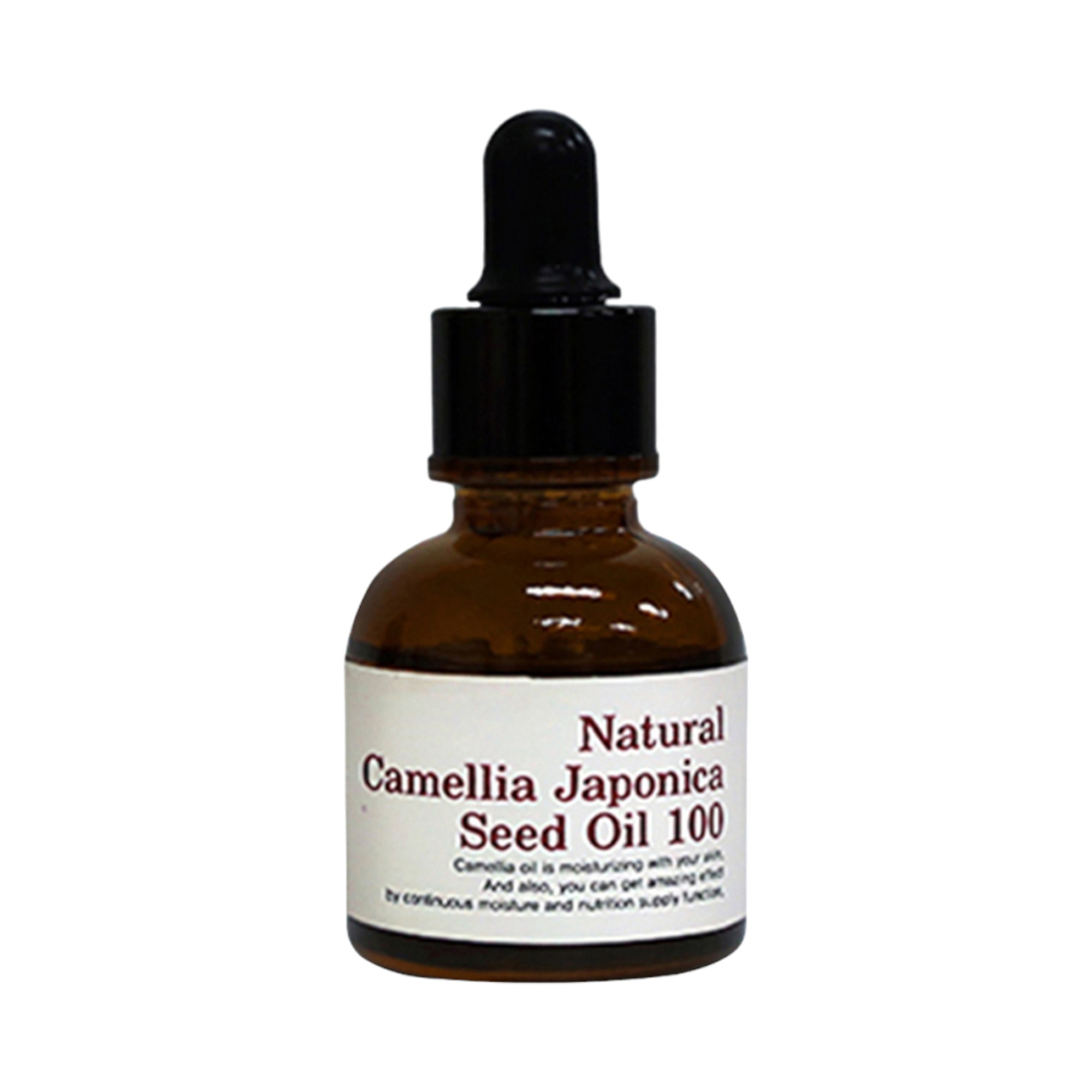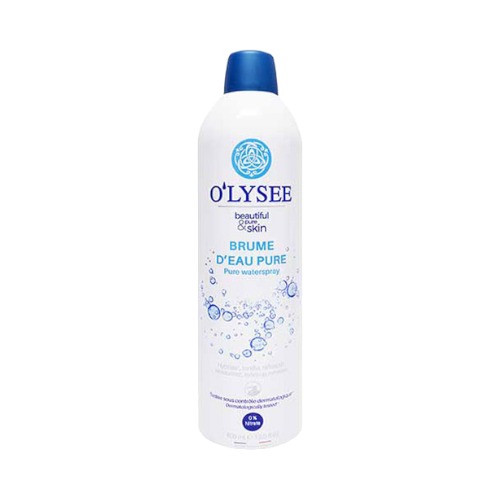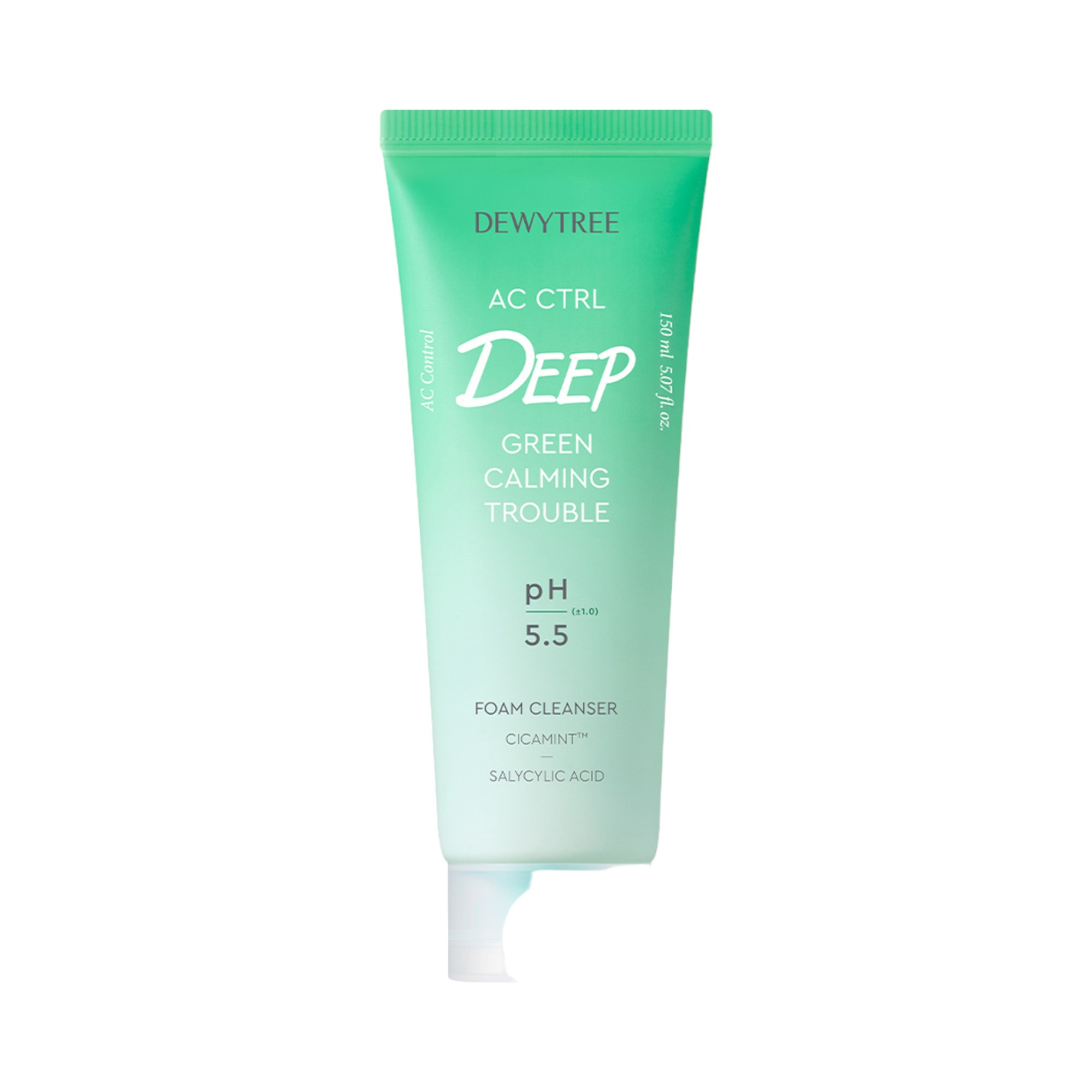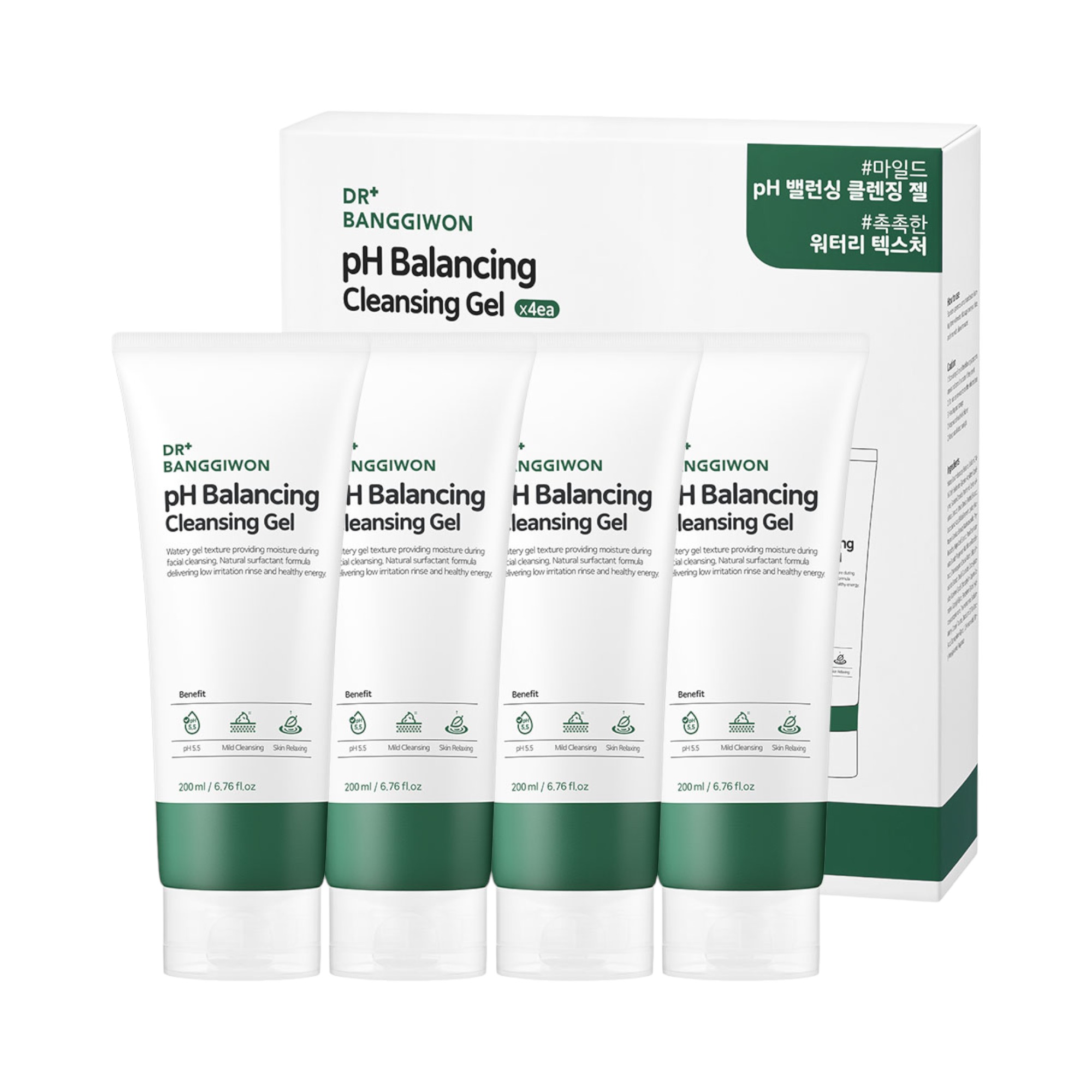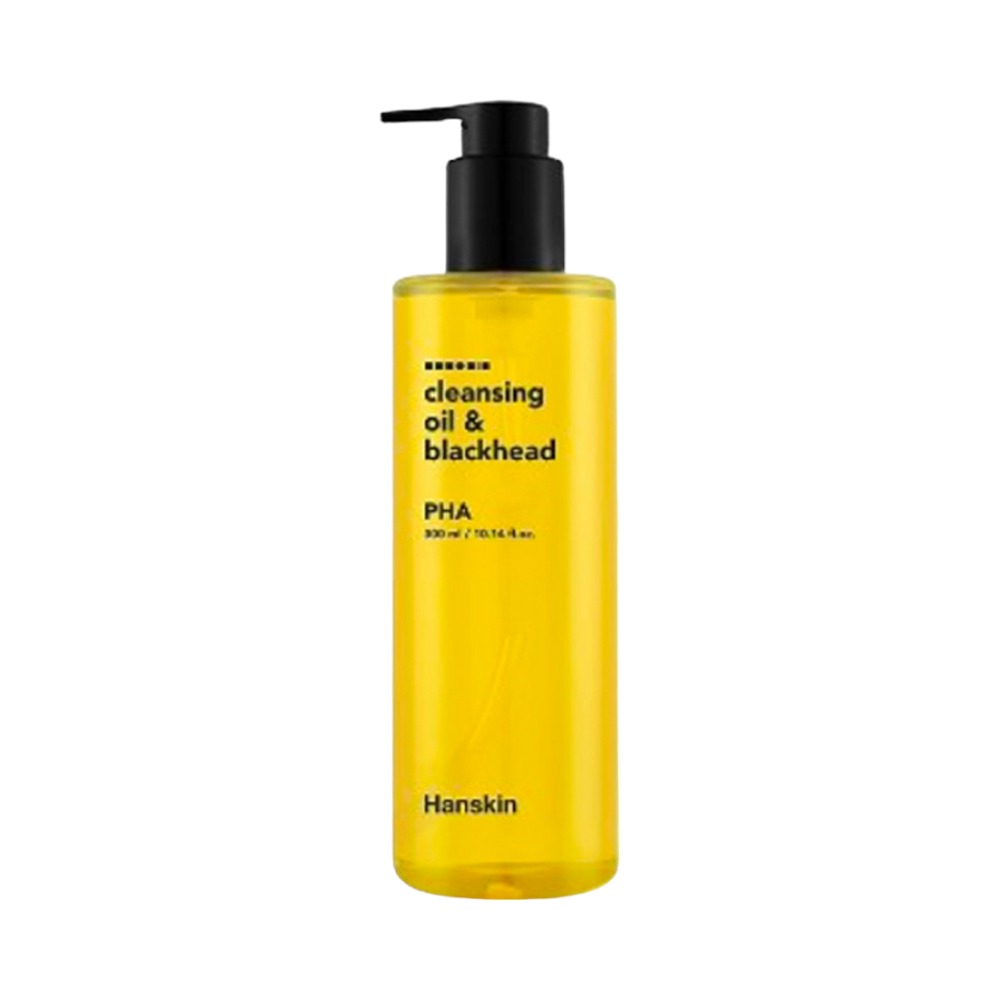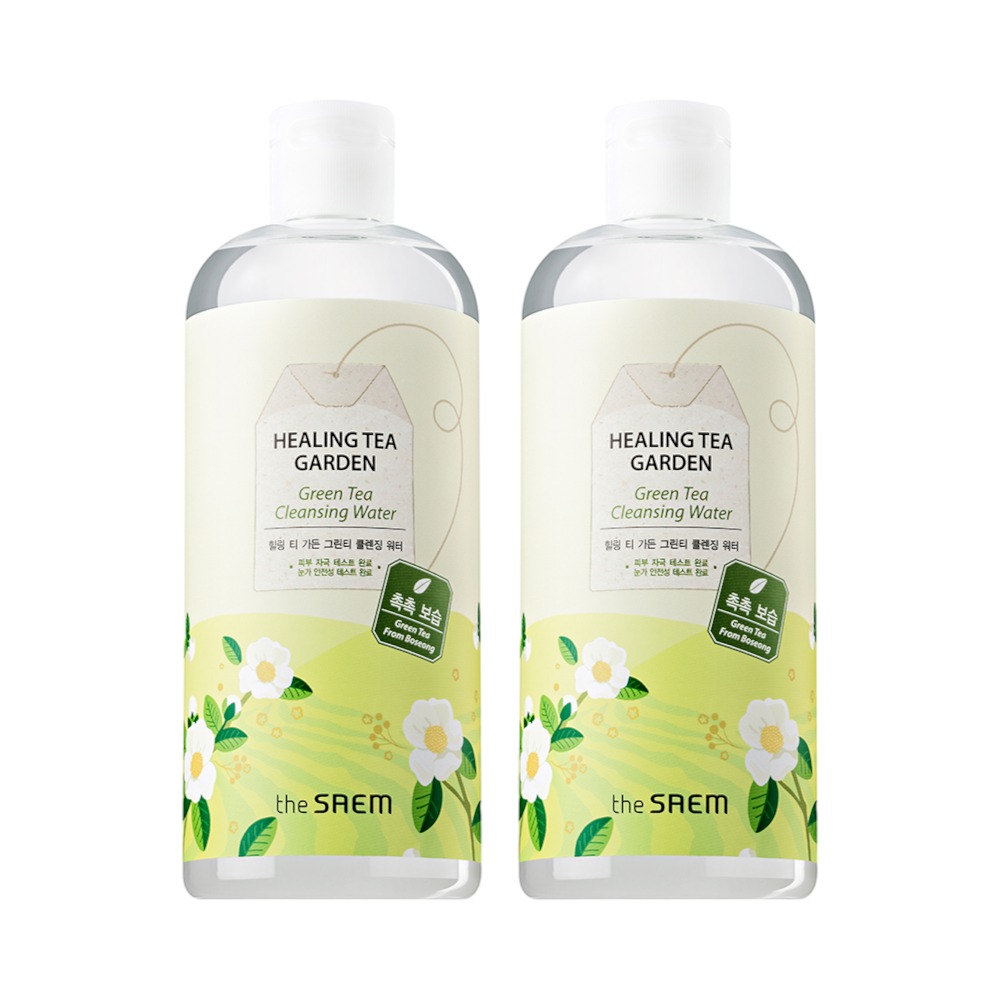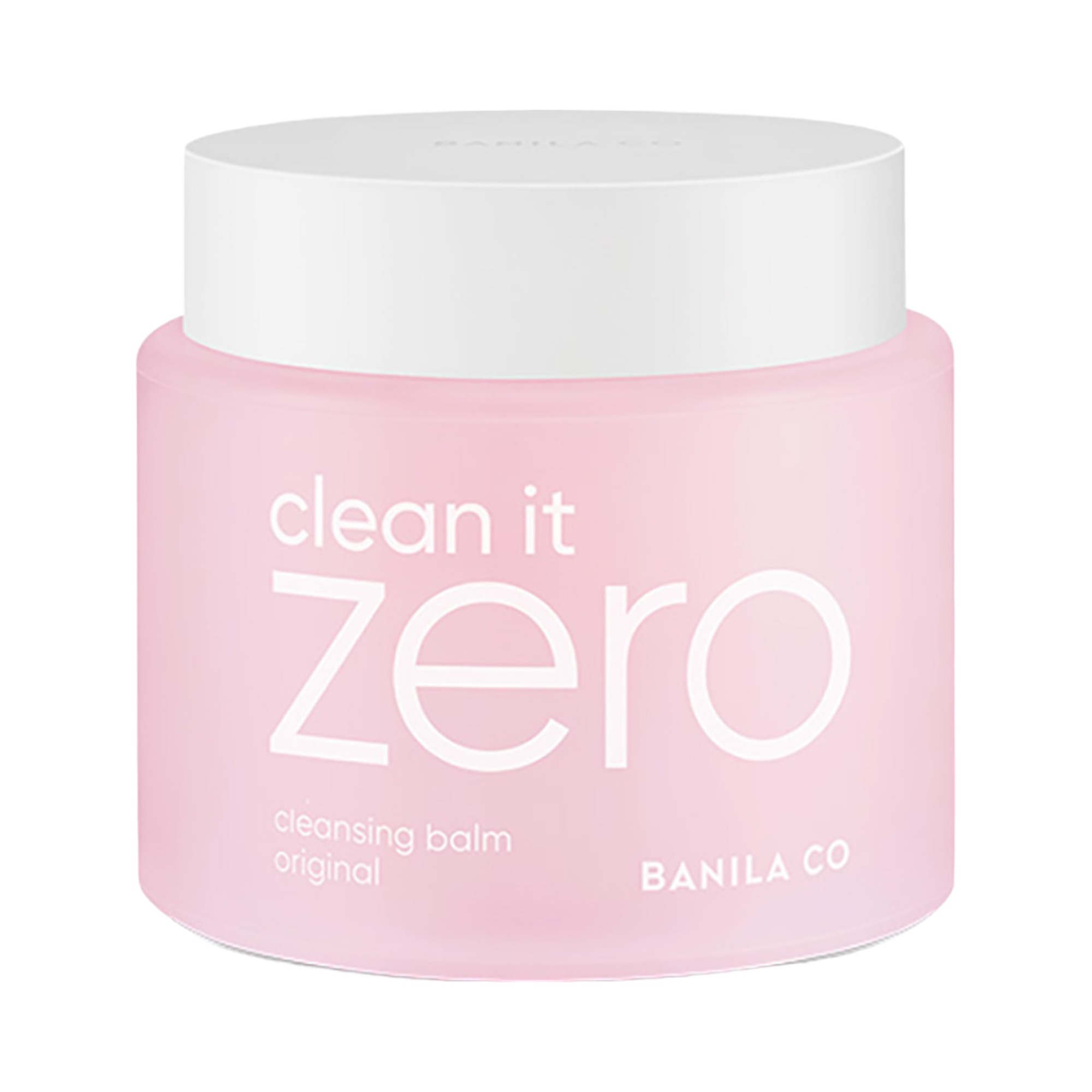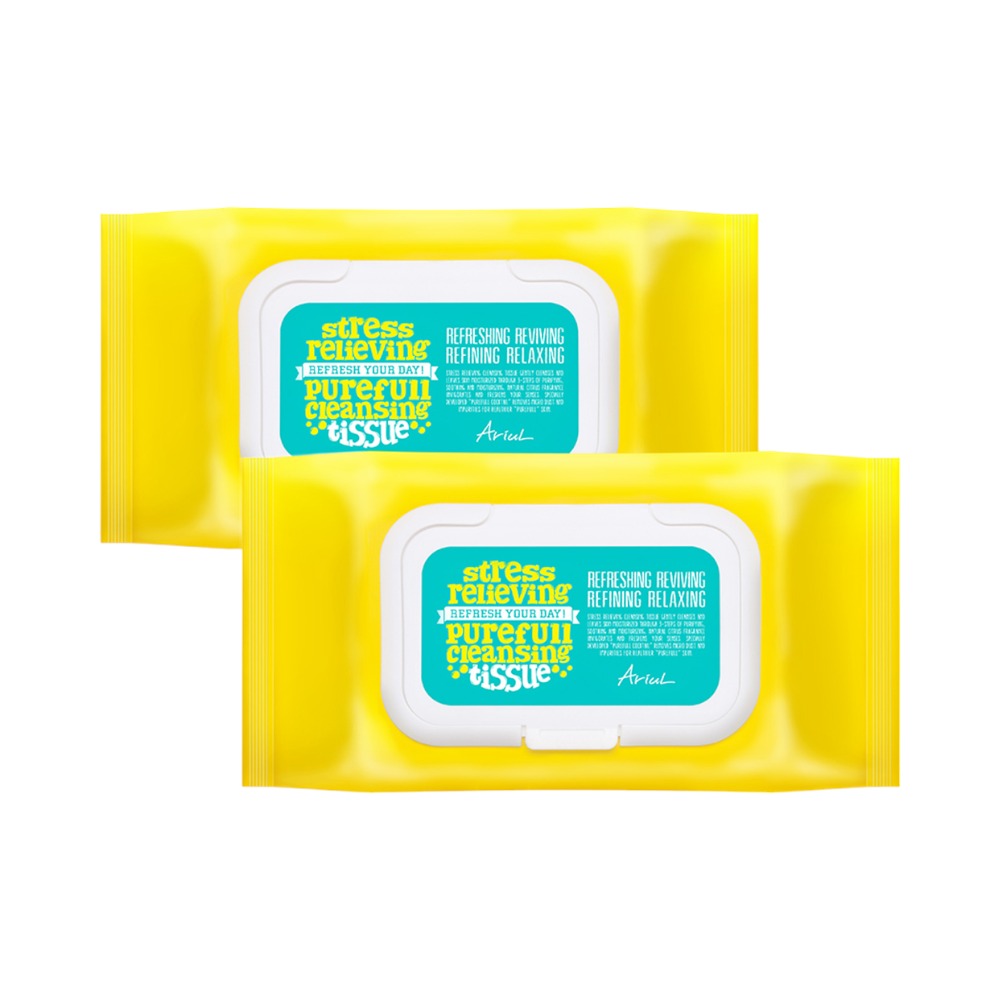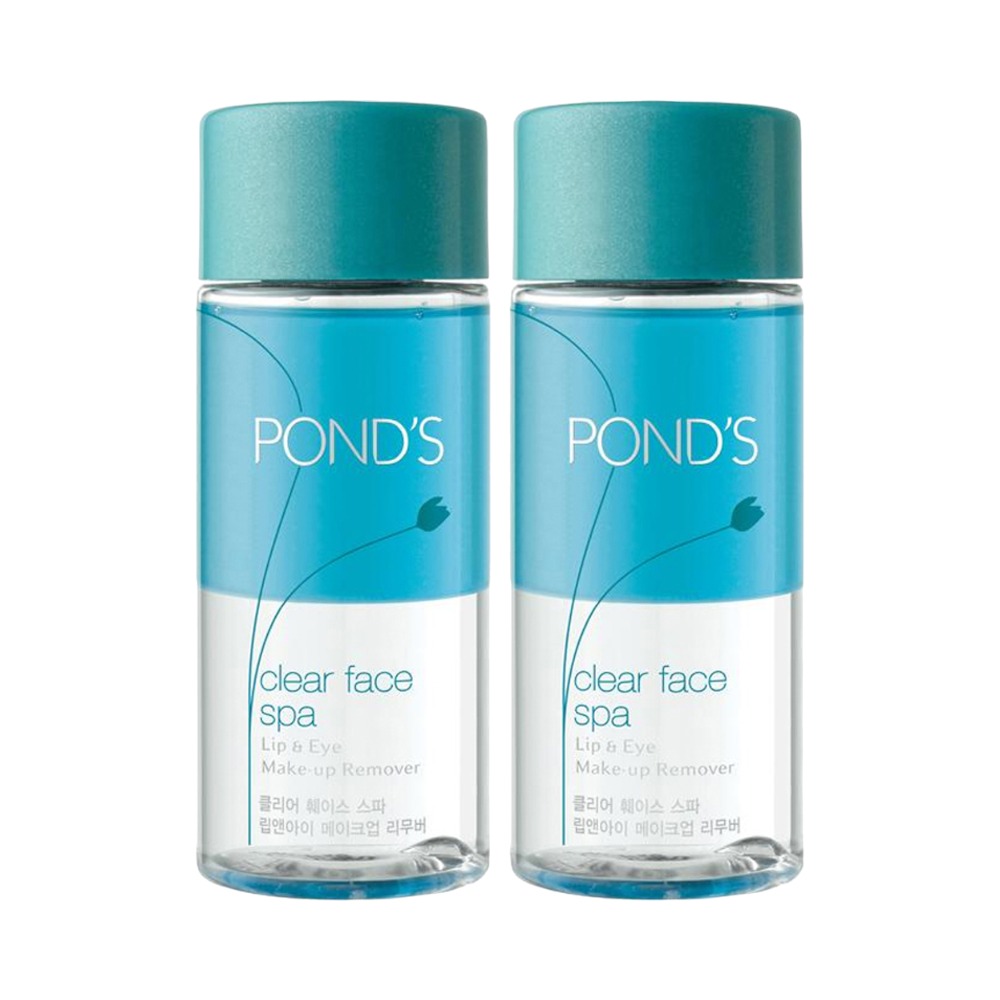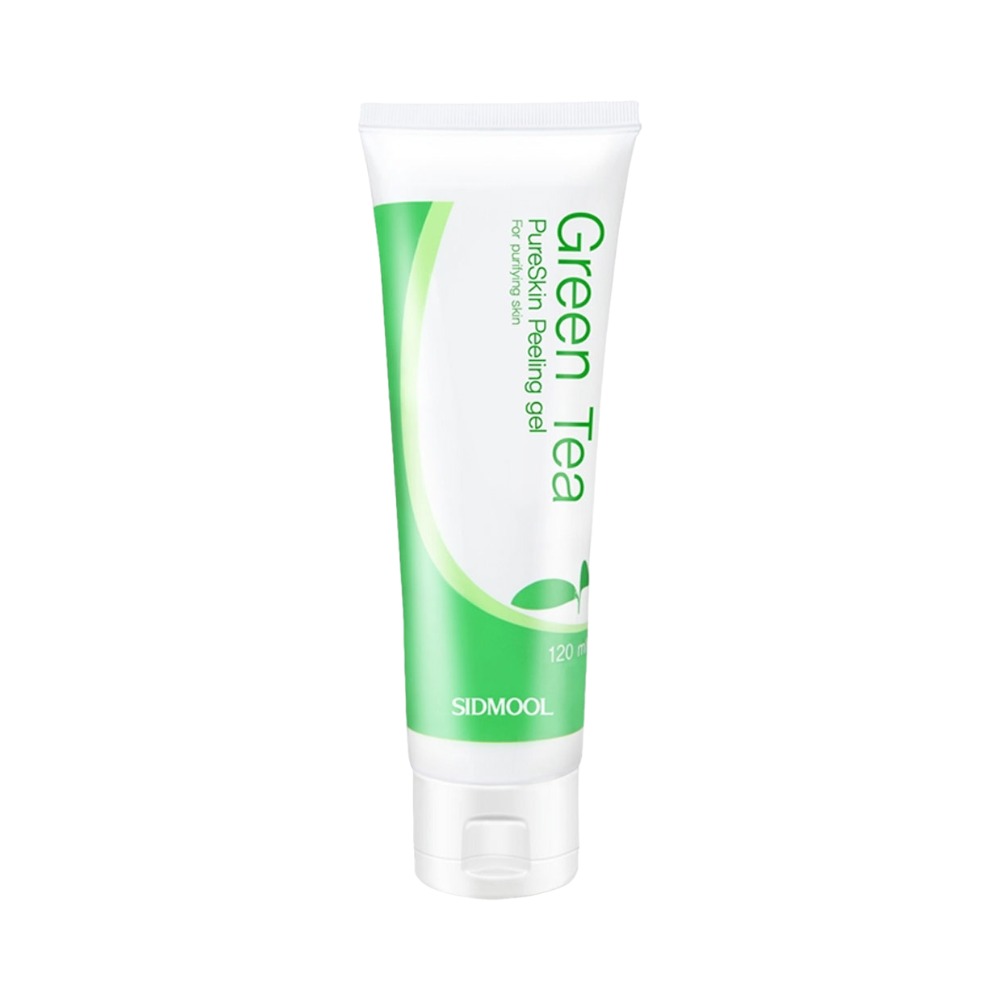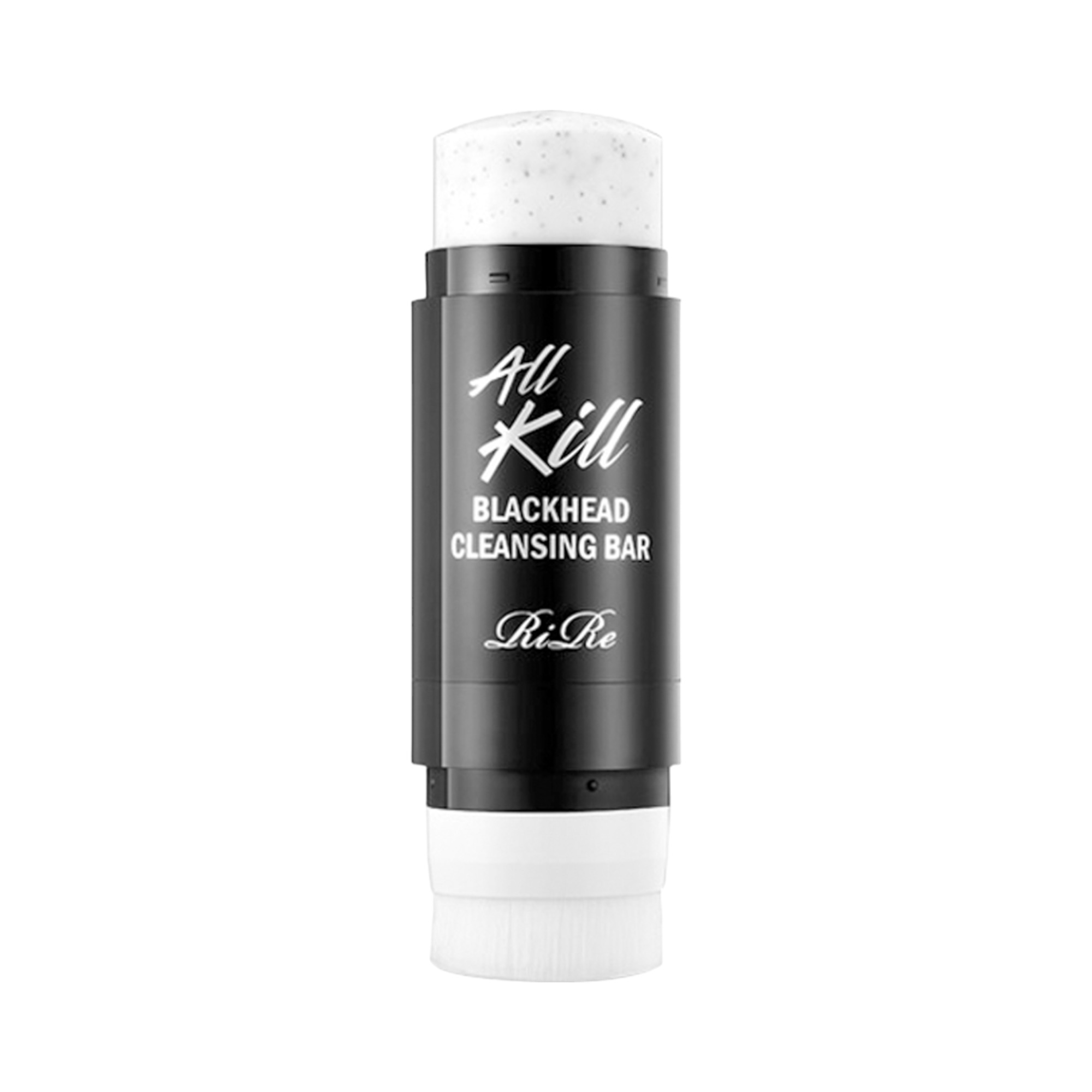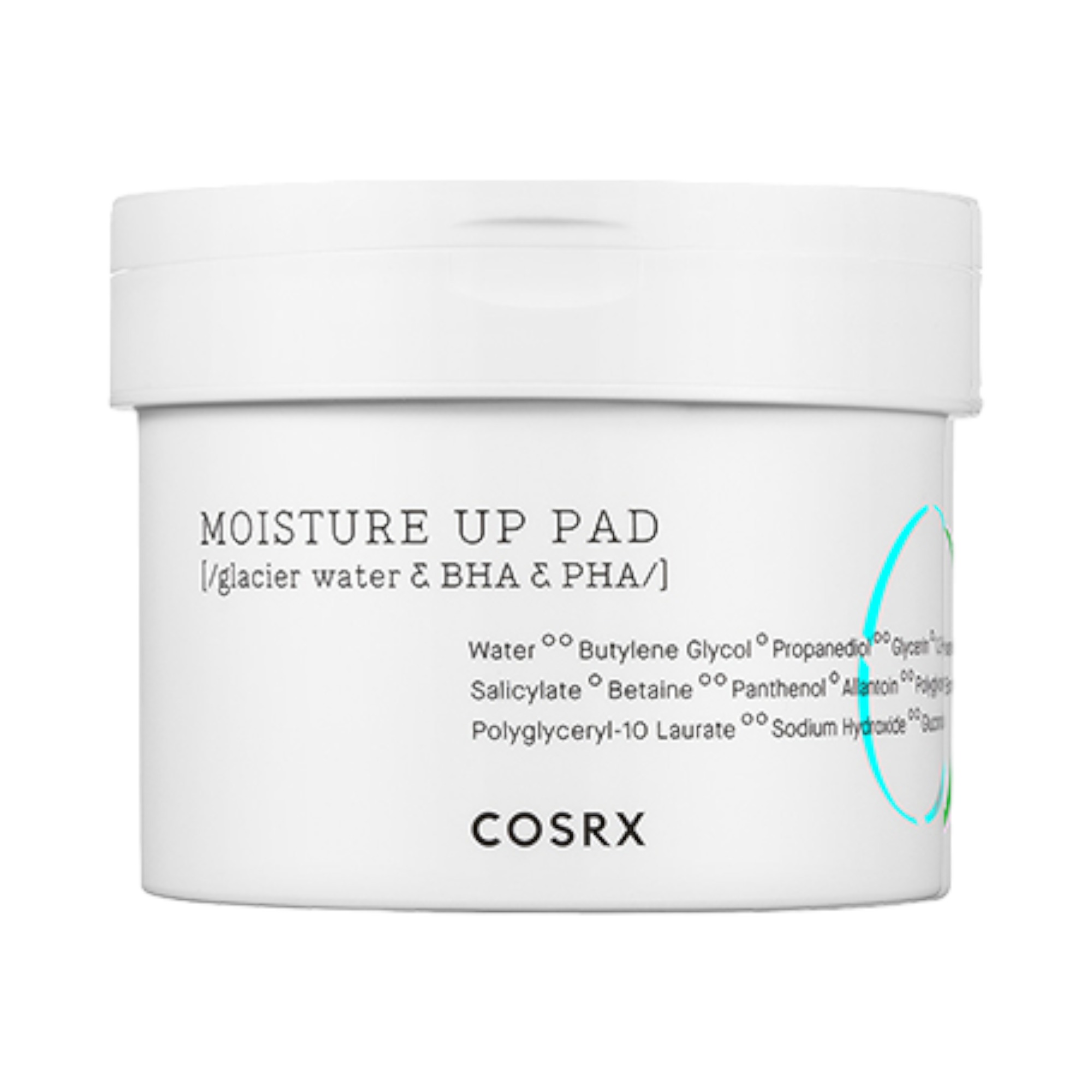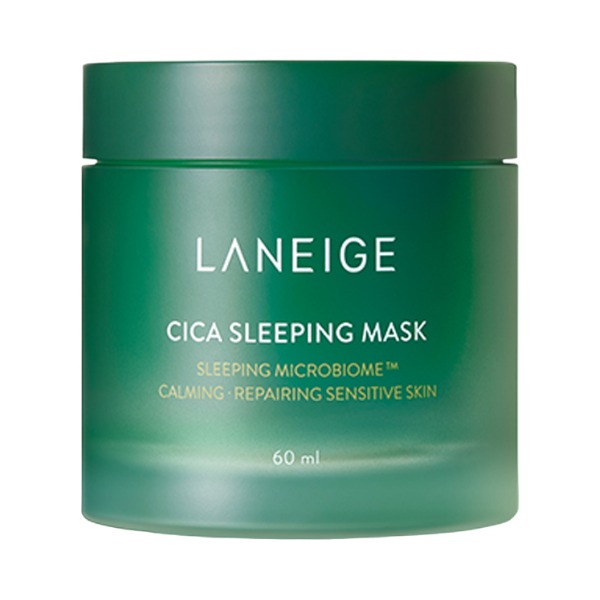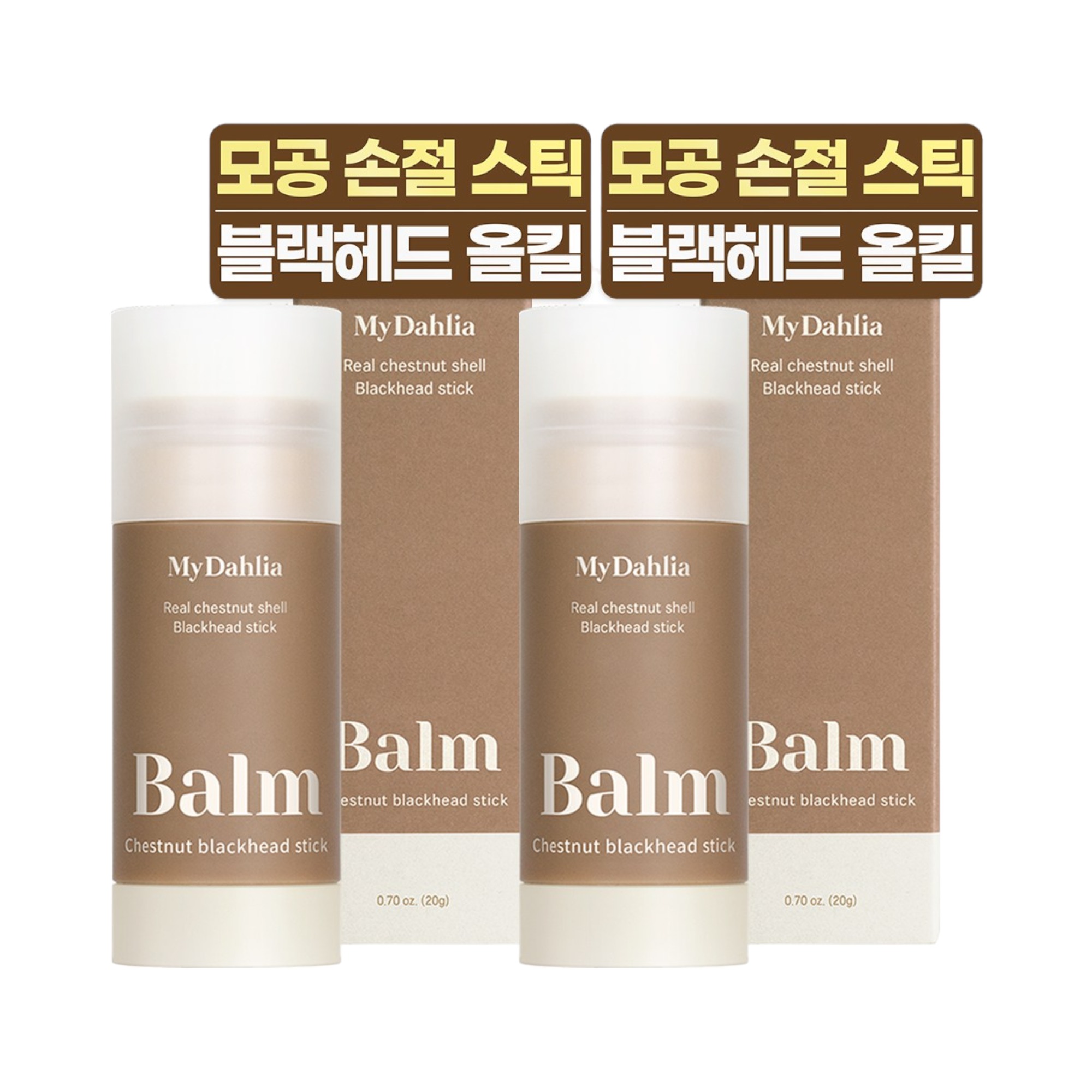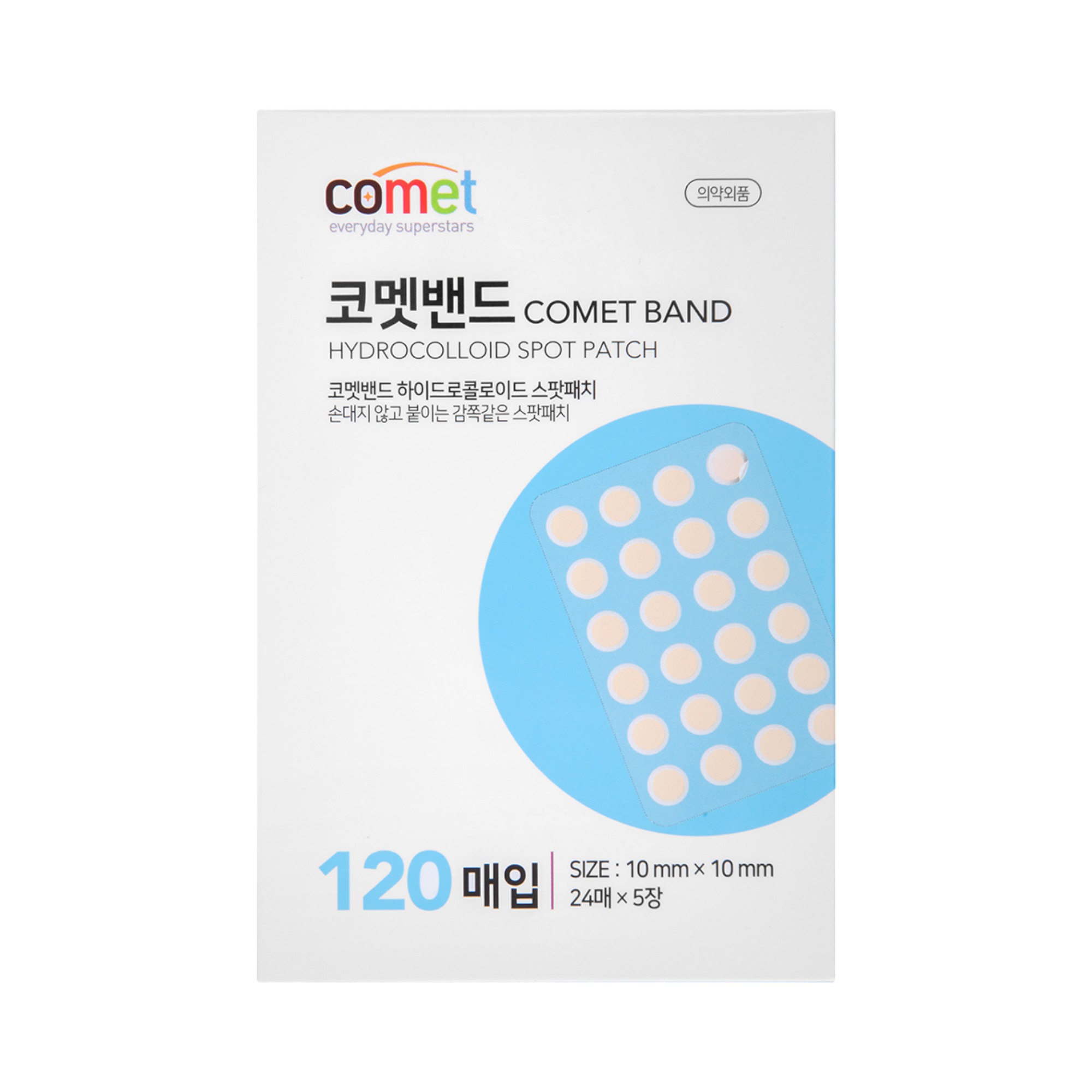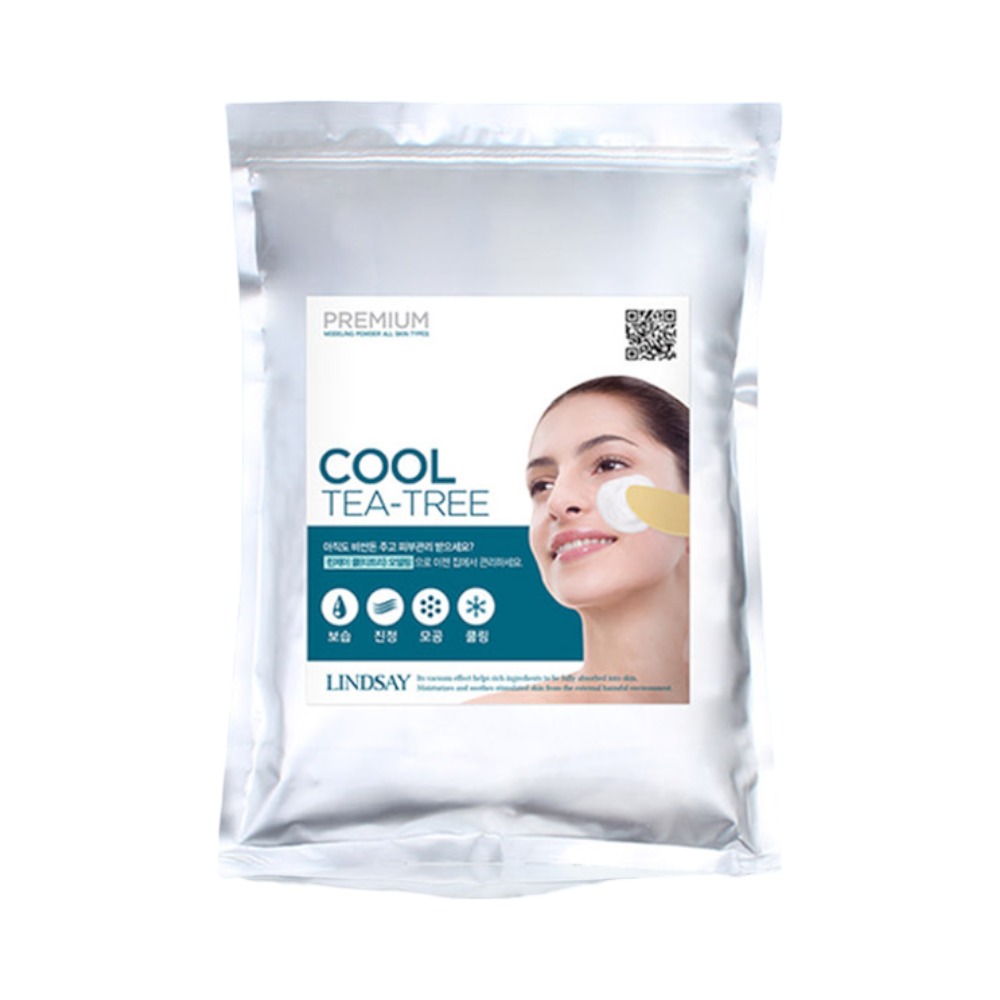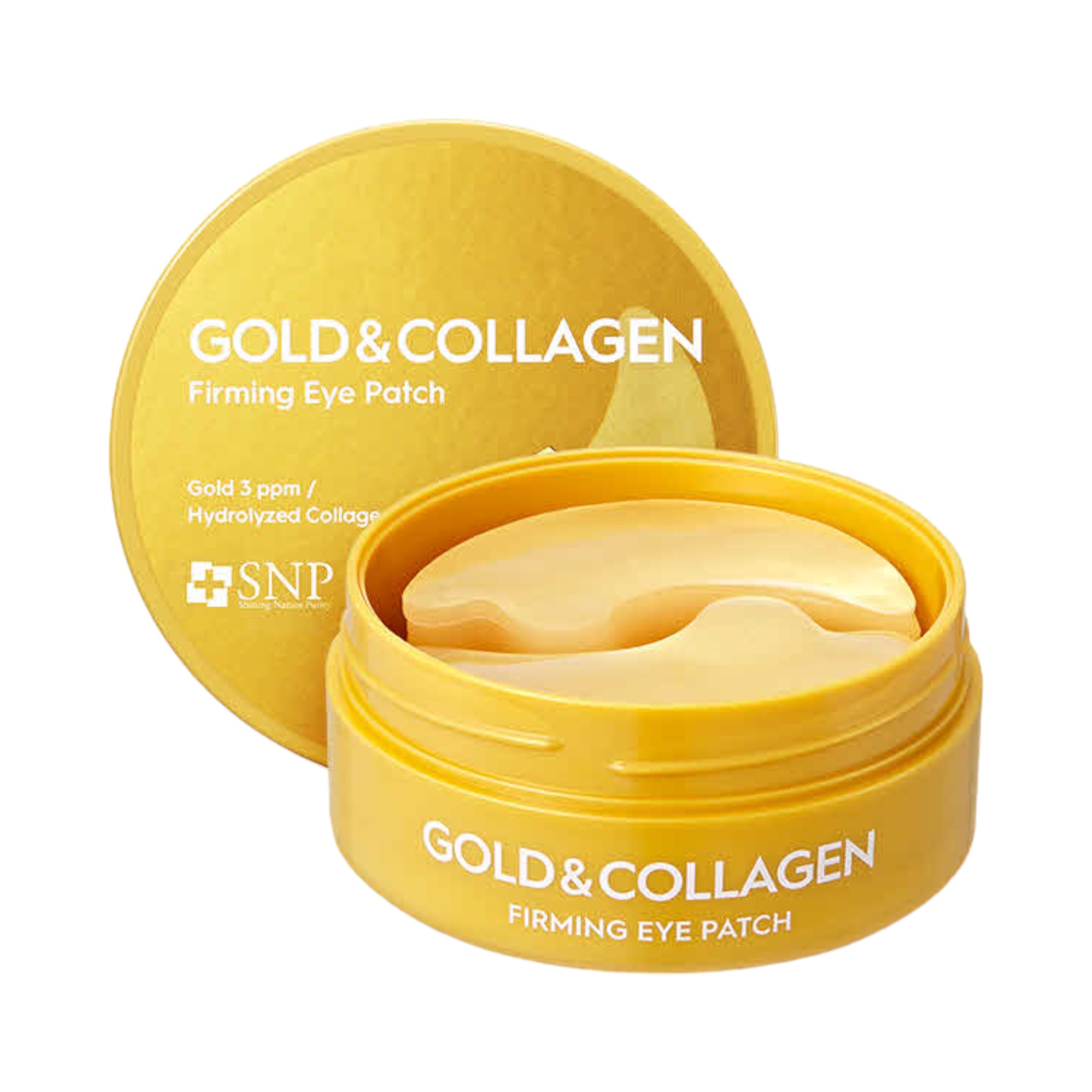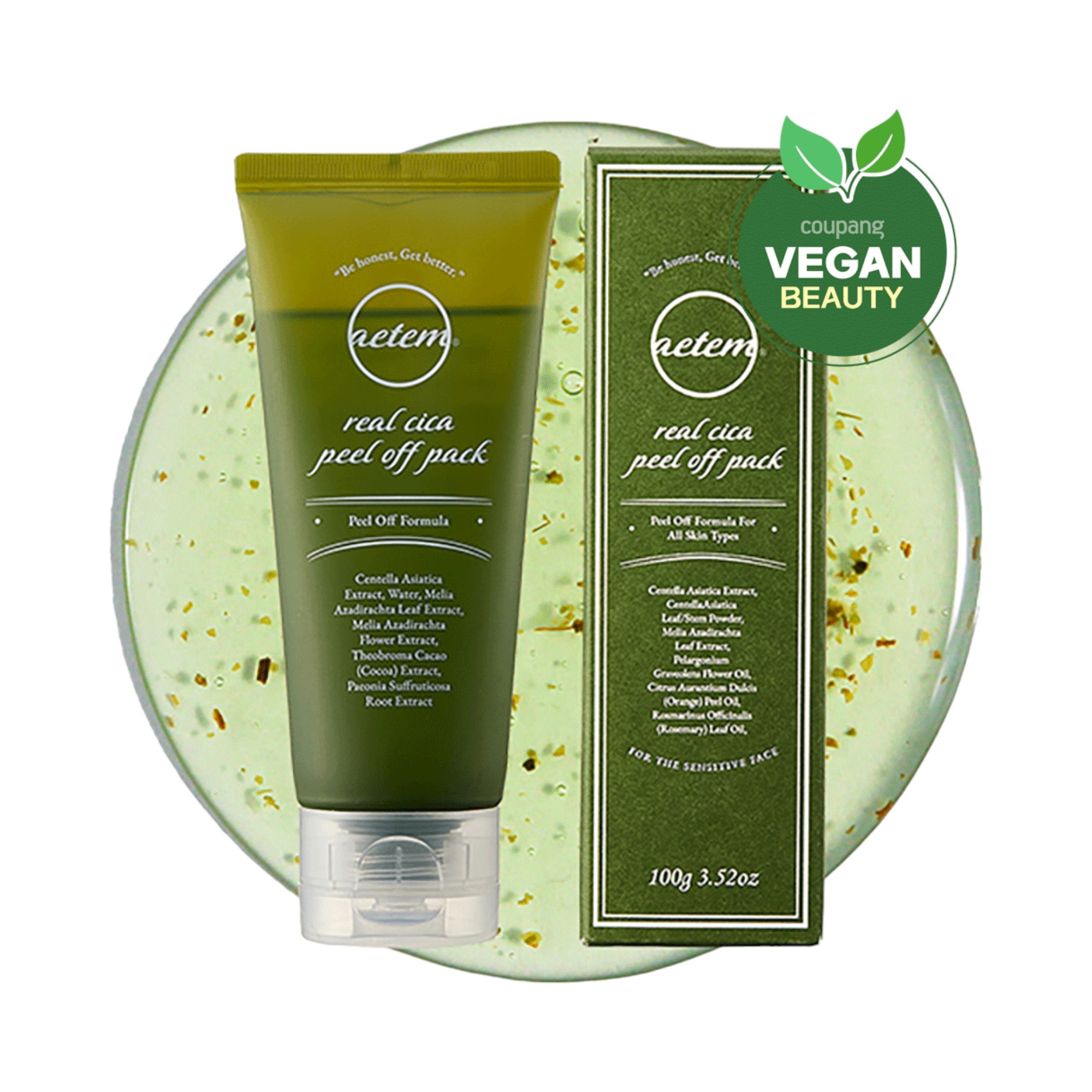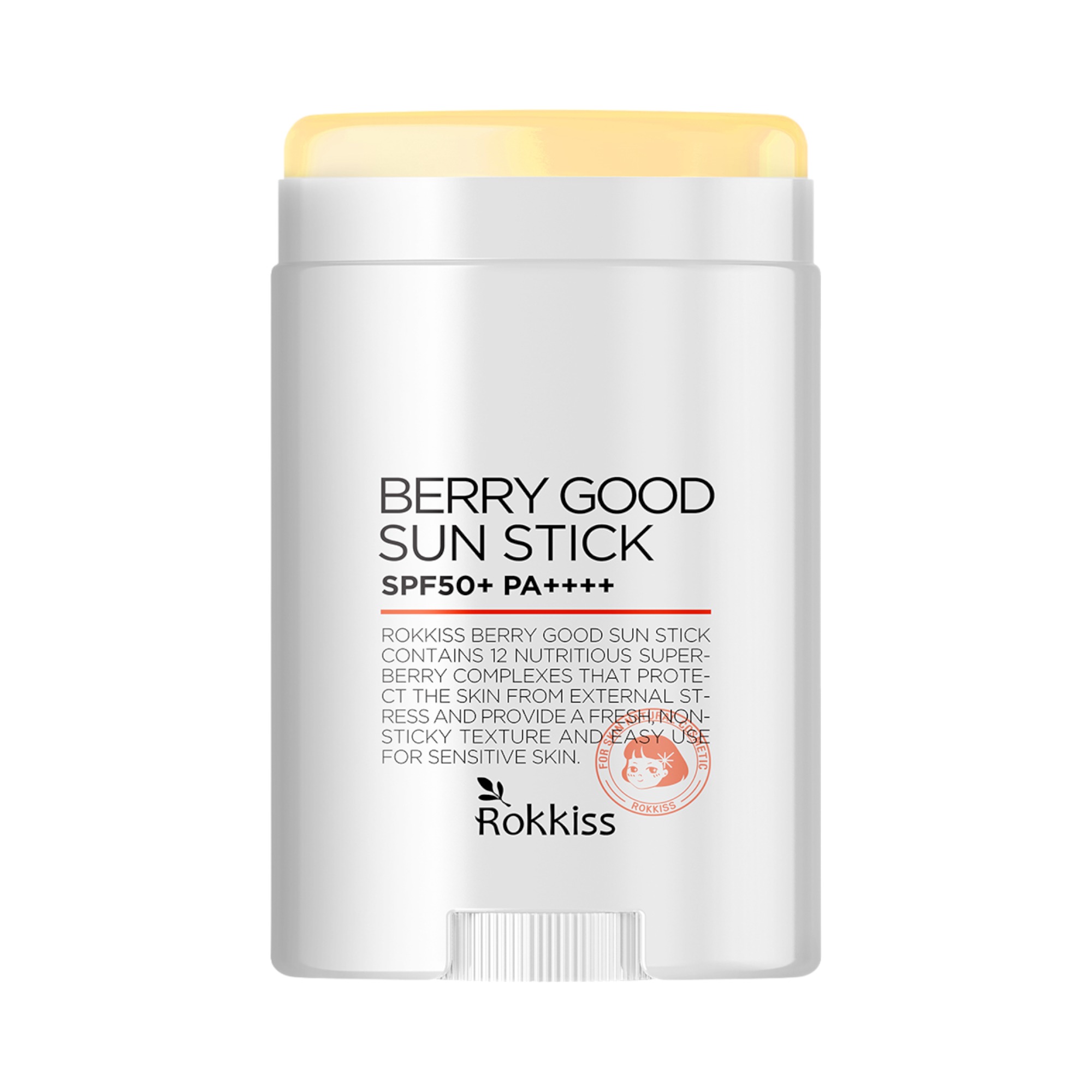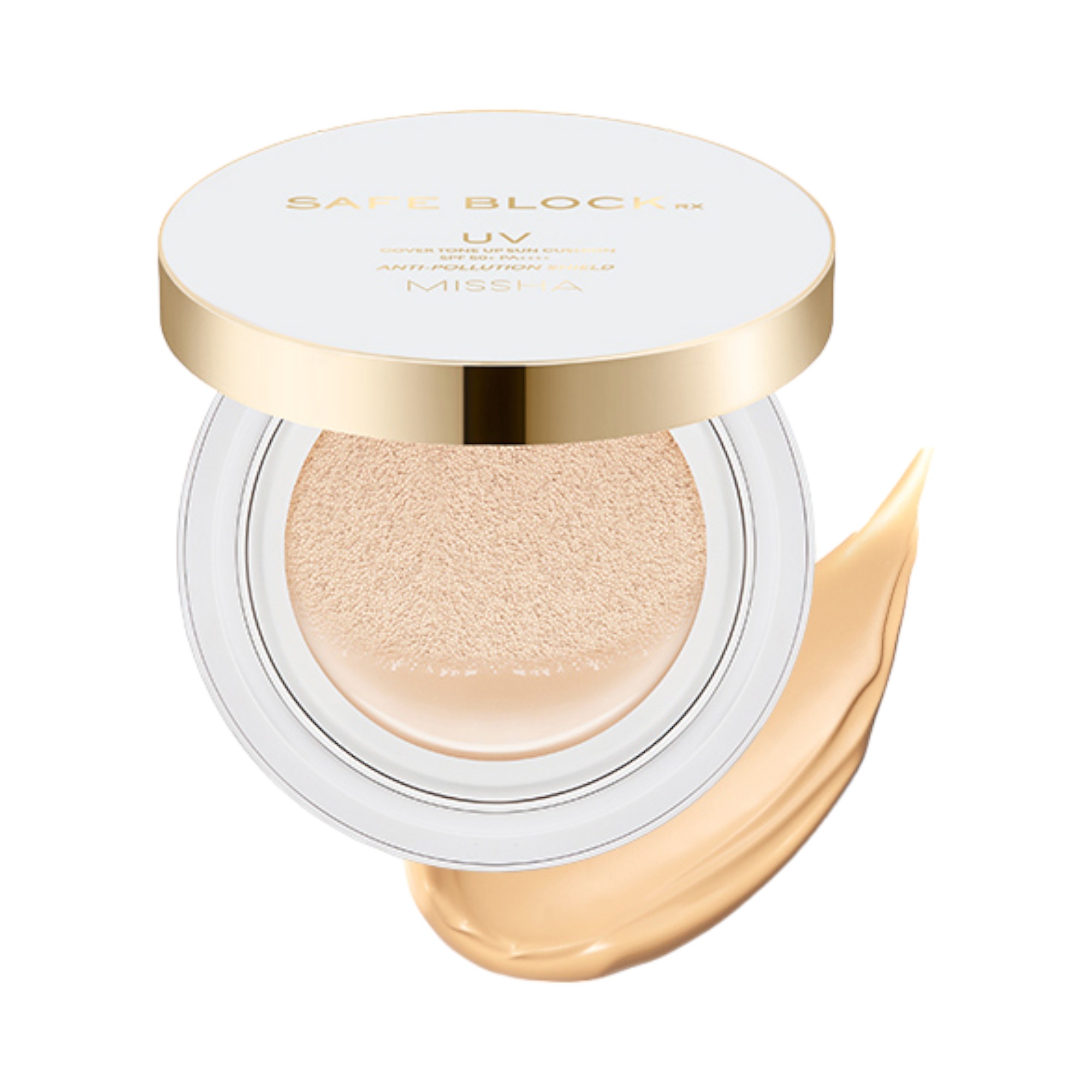Witch hazel has quietly earned its place in the skincare hall of fame. With its earthy, herbal scent and naturally soothing properties, this botanical extract has long been trusted for everything from bug bites to acne-prone skin. But as the clean beauty movement gains momentum, witch hazel is having a well-deserved comeback.
From drugstore shelves to luxury K-beauty products, witch hazel is found in toners, wipes, and spot treatments. This article is your deep dive into the many sides of witch hazel, from its benefits and origins to how to use it safely and effectively in your routine.
What Is Witch Hazel?
Witch hazel is a flowering shrub native to North America and parts of Asia. Scientifically known as Hamamelis, the most commonly used variety in skincare is Hamamelis virginiana. It blooms with spindly yellow flowers and has a long-standing reputation as a medicinal plant.
The part of witch hazel we use in skincare is usually the distillate, an extract made by steaming the bark, twigs, and leaves. This results in a clear liquid rich in tannins and antioxidants. Long before becoming a modern-day toner staple, Native American tribes used witch hazel for its anti-inflammatory and healing properties, treating wounds, insect bites, and skin irritation.
The extract most often used in skincare comes from Hamamelis virginiana, a species native to the eastern United States. While other types like Hamamelis japonica and Hamamelis mollis exist, the Virginian variety is prized for its high tannin content, a compound responsible for many of its astringent and antioxidant effects.
The extraction process typically involves steam distillation of the shrub’s twigs and bark. This method captures its active compounds, yielding a solution that can be formulated with or without alcohol. The result? A lightweight, water-like liquid that forms the base of countless toners and facial mists.
Historically, witch hazel was a cornerstone of folk medicine. Indigenous communities valued it for its ability to speed up healing, soothe inflammation, and treat minor wounds and skin conditions. These traditional uses laid the groundwork for its popularity in modern dermatology and natural skincare.
Top Benefits of Witch Hazel for Skin
Witch hazel has long been praised as one of nature’s most effective skin soothers. Packed with antioxidant-rich tannins and powerful anti-inflammatory compounds, it offers a wide range of skincare benefits, from calming irritation to tightening pores.
Whether you’re dealing with acne, sensitivity, or excess oil, witch hazel can be a gentle yet effective solution when used correctly. Let’s explore the top ways this botanical multitasker supports healthy, balanced skin.
1. Natural Astringent for Oily Skin
Witch hazel is packed with tannins, which give it astringent properties that help tighten pores, reduce oil production, and give skin a smoother appearance. For those dealing with shine or excess sebum, this can be a gentle way to control greasiness without stripping the skin.
2. Soothes Inflammation and Redness
Witch hazel is beloved for its anti-inflammatory effects. Whether you’re dealing with acne flare-ups, eczema, or irritated skin, this botanical extract can calm redness and swelling while speeding up skin recovery.
3. Helps with Minor Skin Issues
Its antimicrobial and soothing nature makes witch hazel useful for minor cuts, razor burns, insect bites, and even diaper rashes. It’s a handy multi-tasker that provides a mild cooling sensation, easing discomfort quickly.
4. Reduces Itching and Swelling
When applied topically, witch hazel can provide relief from itchiness and puffiness, especially in conditions like bug bites or allergic rashes. Its tannins act to constrict skin tissue and reduce fluid buildup.
5. May Improve Appearance of Varicose Veins and Hemorrhoids
Although less common in skincare, witch hazel is also used to soothe varicose veins and hemorrhoids, thanks to its vasoconstrictive effects. When applied topically, it may reduce swelling and discomfort temporarily.
How to Use Witch Hazel in Skincare
Witch hazel is most often found in toners, cleansing wipes, creams, and spot treatments. For those with oily or acne-prone skin, a toner containing alcohol-free witch hazel can help rebalance and refine the skin after cleansing.
If you’re just starting out, do a patch test before applying witch hazel all over your face. Try it once every other day to see how your skin responds, especially if you’re also using actives like AHAs, BHAs, or retinol.
Some of the most effective formulations combine witch hazel with hydrating or soothing ingredients such as:
- Aloe vera, to counteract any dryness
- Niacinamide, for calming and brightening
- Tea tree oil, for enhanced acne-fighting benefits
Be cautious with over-layering. Too much witch hazel (especially in alcohol-based products) may lead to dryness or tightness.
Potential Side Effects and Cautions
While witch hazel is a gentle, natural remedy for many, it’s not without its risks. One of the biggest concerns comes from formulations that include denatured alcohol, which can strip the skin barrier, especially when used daily.
Overuse can cause:
- Dryness or flaking
- Irritation or stinging, particularly on broken skin
- Exacerbation of rosacea or sensitivity
If you have extremely sensitive skin, rosacea, or eczema, consult a dermatologist before use. Witch hazel may not be ideal for skin that’s already compromised.
And while topical use is generally safe, pregnant or breastfeeding individuals should check with their healthcare provider before incorporating new active ingredients into their routine. The same goes for children’s skin, which tends to be thinner and more reactive.
Witch Hazel: Natural vs. Commercial Formulations
Not all witch hazel products are created equal. Commercial options often vary widely in terms of quality, purity, and ingredient safety. Here’s what to look for:
|
Feature
|
Natural Formulation |
Commercial Formulation |
| Extraction Base |
Steam-distilled only |
Often mixed with alcohol
|
|
Fragrance
|
Unscented |
May include synthetic fragrance |
| Additives |
Minimal |
May contain preservatives or dyes
|
|
Ideal For
|
Sensitive, minimal skincare |
General consumers |
| Example Product |
Alcohol-free toners |
Drugstore astringents with alcohol
|
If possible, look for organic, alcohol-free, and fragrance-free versions of witch hazel to avoid unnecessary irritation. Read the label: alcohol content should be as low as possible (under 14%) or completely absent.
Who Should Use Witch Hazel (and Who Shouldn’t)?
Best For:
- Oily and acne-prone skin: Helps control sebum, shrink pores, and soothe breakouts.
- Irritated skin: May calm redness and inflammation if used with hydrating ingredients.
- Normal skin types: As part of a gentle, balancing toner.
Should Avoid If:
- Dry or dehydrated skin: May exacerbate flakiness and discomfort.
- Sensitive or rosacea-prone skin: Risk of irritation and stinging.
- Allergic skin: Patch testing is essential due to potential for plant-based allergies.
Top Product Recommendations with Witch Hazel
At Skin Seoul, we’ve curated high-performing K-beauty picks that showcase witch hazel’s purifying and soothing potential, without the harsh side effects. Whether you’re looking for a gentle toner, a balancing cleansing oil, or a detoxifying facial soap, these standout formulas offer targeted benefits backed by thoughtful ingredients.
1. AHC Herb Solution Witch Hazel Toner
This refreshing toner from AHC uses witch hazel to purify and calm stressed skin. Designed for daily use, it helps tighten pores and control oil without stripping the skin of its natural moisture. Perfect as a post-cleanse toner for acne-prone or combination skin.
- Key Ingredients: Witch hazel extract, aloe vera, allantoin
- Key Benefits: Pore refining, oil control, anti-inflammatory, calming hydration
|
Pros
|
Cons |
| Lightweight and non-sticky |
Contains fragrance (sensitive skin caution)
|
|
Alcohol-free formula
|
Not suitable for dry skin |
| Calms redness and irritation |
Not deeply hydrating
|
|
Suitable for acne-prone skin
|
May require follow-up moisturizer |
| Fast-absorbing |
May not show immediate results
|
Where to Buy: AHC Herb Solution Witch Hazel Toner
2. Acwell pH Balancing Water Cleansing Oil
While not marketed solely as a witch hazel product, this cleansing oil includes it as a supporting ingredient to balance and purify the skin. The formula effortlessly removes makeup and sunscreen without disrupting your skin’s barrier.
- Key Ingredients: Witch hazel extract, olive oil, licorice root extract
- Key Benefits: Deep cleansing, sebum control, brightening, barrier-friendly
|
Pros
|
Cons |
| Suitable for sensitive skin |
Witch hazel not main active
|
|
Maintains skin’s pH
|
Requires double cleansing for heavy makeup |
| Non-greasy finish |
Price may be high for some
|
|
Removes blackhead-causing impurities
|
Bottle can be slippery when oily |
| Subtle, herbal scent |
May not suit all skin types
|
Where to Buy: Acwell pH Balancing Water Cleansing Oil
3. Abib Facial Soap Brick Black Cleansing Soap
This minimalist facial soap combines purifying charcoal with witch hazel to detoxify and rebalance the skin. Ideal for oily and breakout-prone skin types, it offers a gentle, natural cleanse without sulfates or synthetic surfactants.
- Key Ingredients: Witch hazel, charcoal, houttuynia cordata
- Key Benefits: Deep cleanse, sebum regulation, detoxification, gentle exfoliation
|
Pros
|
Cons |
| All-natural ingredients |
Bar form may be inconvenient
|
|
No artificial fragrance
|
May dry out very dry skin |
| Suitable for oily and acne-prone skin |
Can feel tight post-wash
|
|
Budget-friendly
|
Needs soap dish to store |
| Minimalist formula |
Lathers less than commercial cleansers
|
Where to Buy: Abib Facial Soap Brick Black Cleansing Soap
Conclusion
Witch hazel is a timeless ingredient that has stood the test of time in skincare for good reason. Its anti-inflammatory, astringent, and soothing properties make it an excellent addition for oily and acne-prone skin, so long as it’s used thoughtfully.
But like all skincare actives, witch hazel isn’t a one-size-fits-all solution. The key lies in choosing alcohol-free, fragrance-free formulas and pairing it with hydrating companions like aloe vera or glycerin. Always patch test, and don’t forget to listen to your skin’s needs.
When in doubt, consult a trusted dermatologis, especially if you have sensitive or reactive skin.
Explore Witch Hazel Skincare at Skin Seoul
Ready to discover your skin’s new herbal ally? Skin Seoul offers a curated collection of witch hazel-infused products perfect for modern routines. Whether you’re seeking a gentle toner, a purifying cleanser, or an acne-friendly soap, we’ve got you covered.
Shop now at Skin Seoul and experience skincare rooted in tradition, crafted with innovation.




